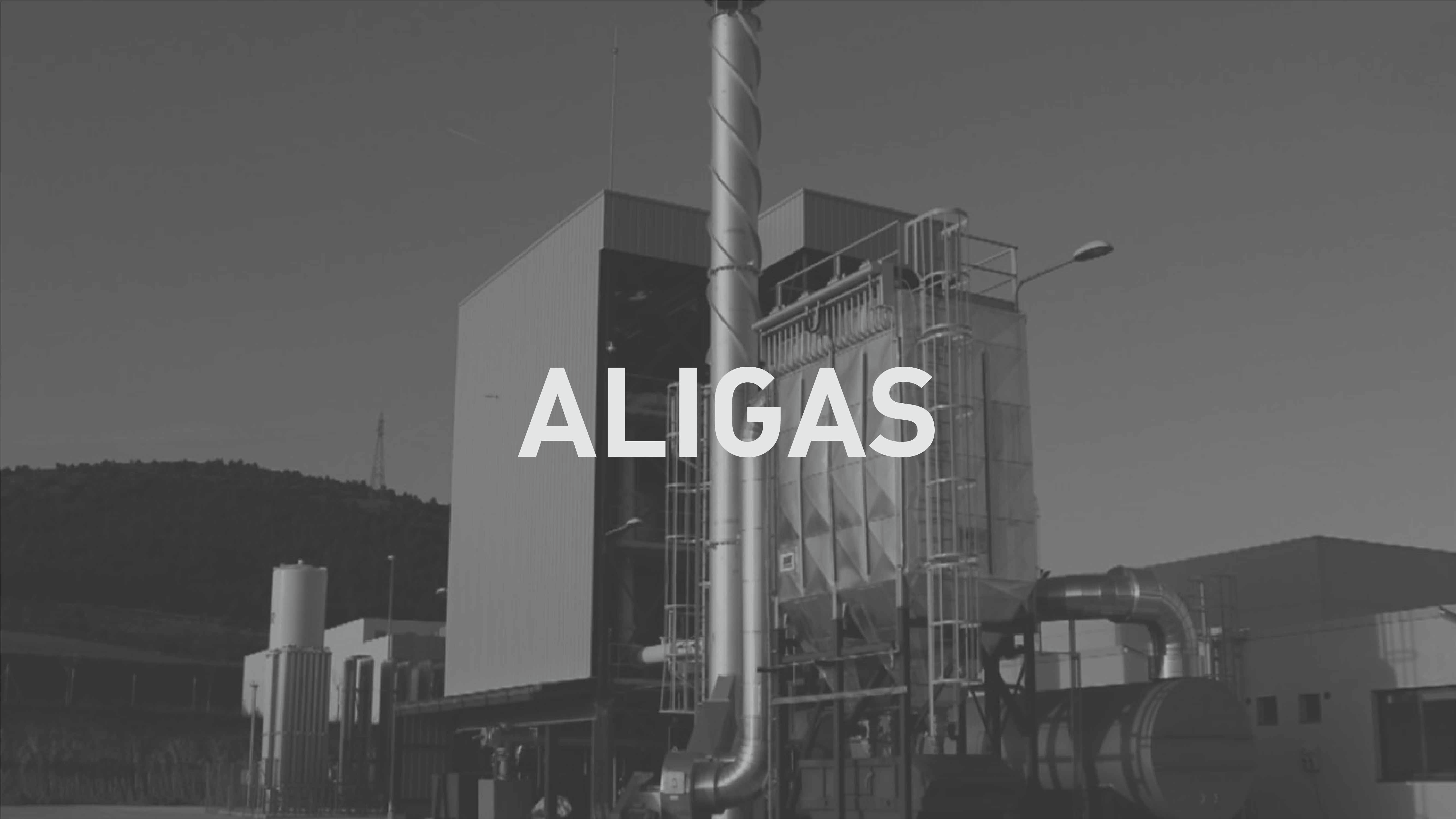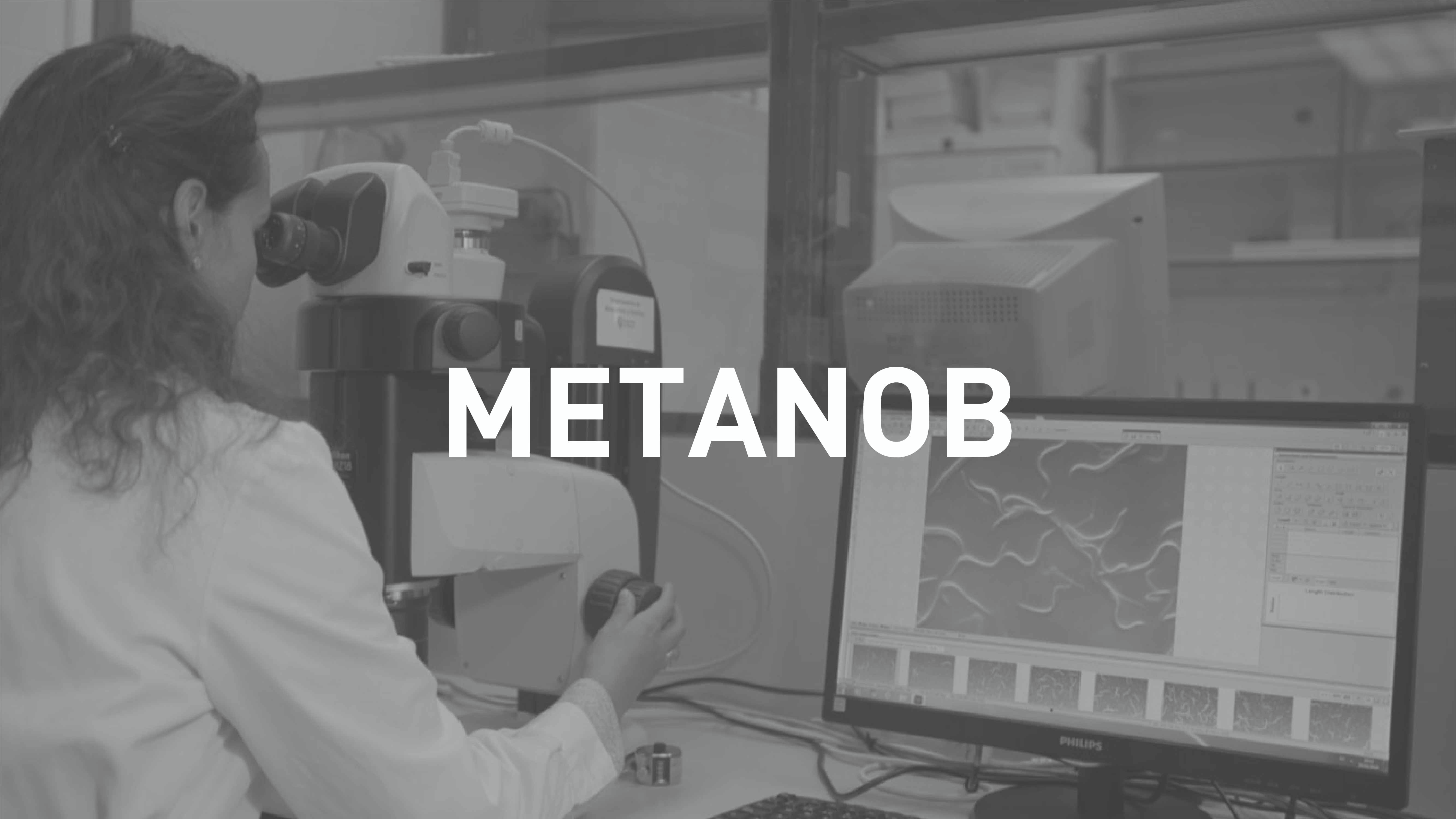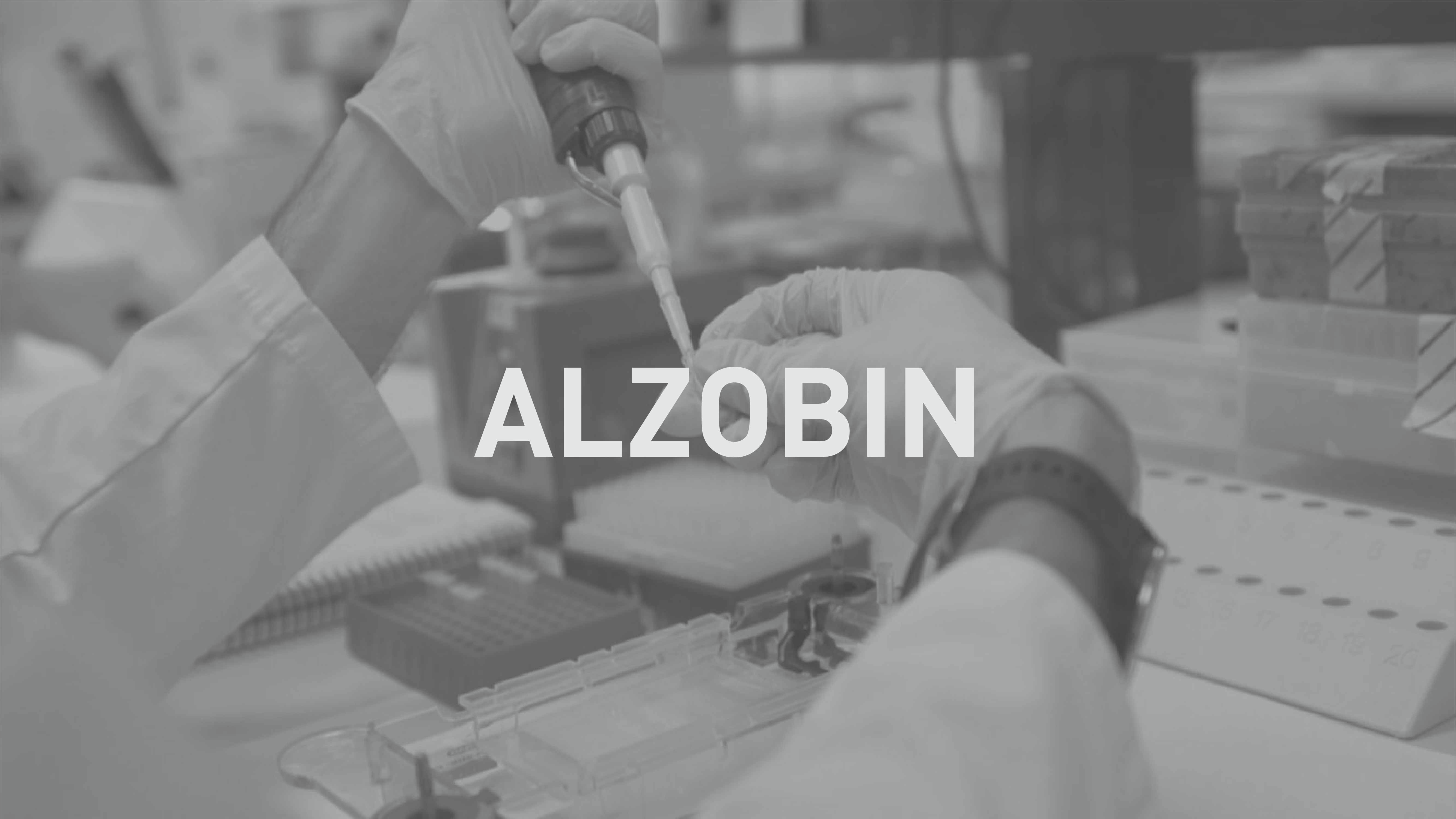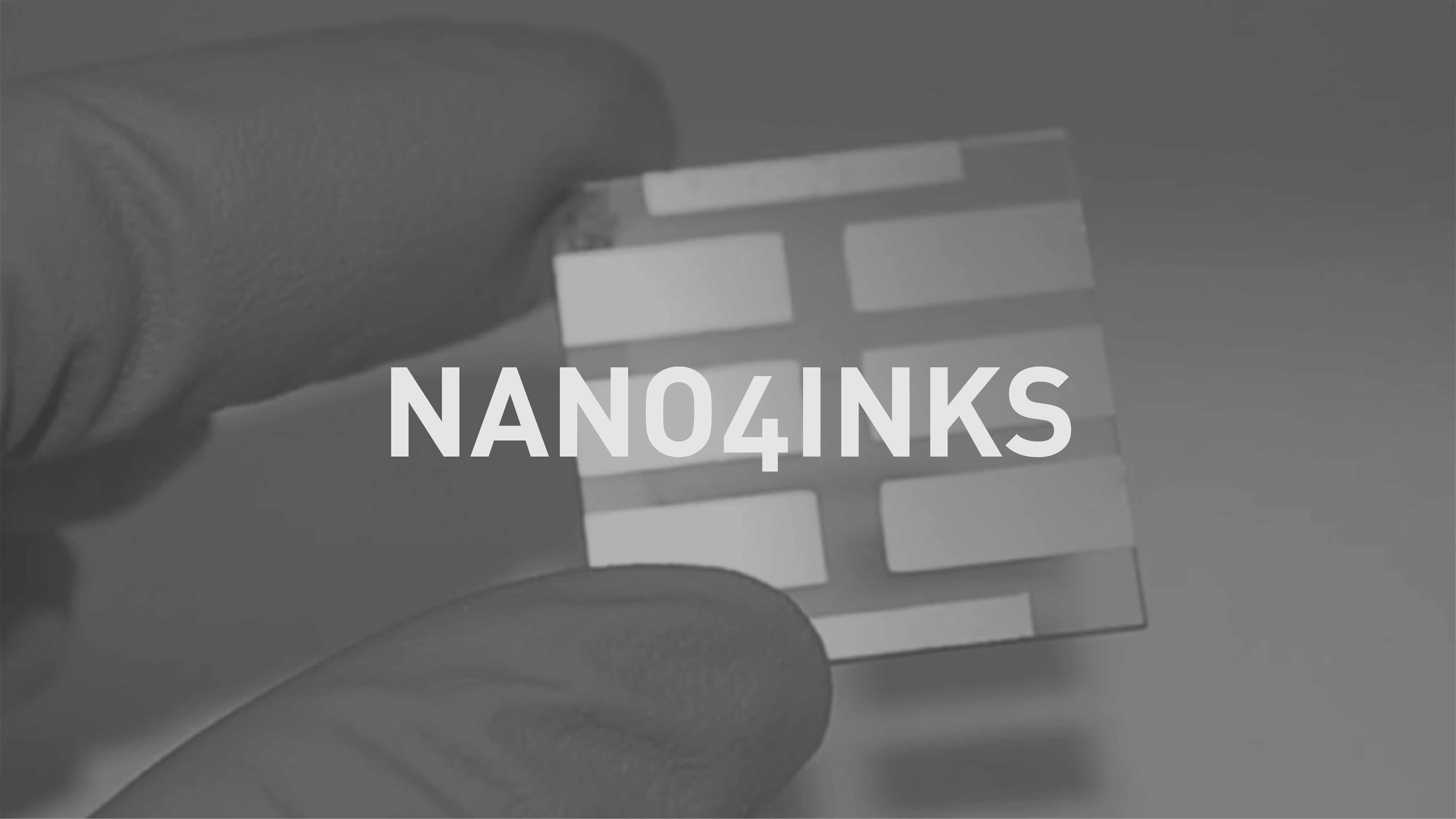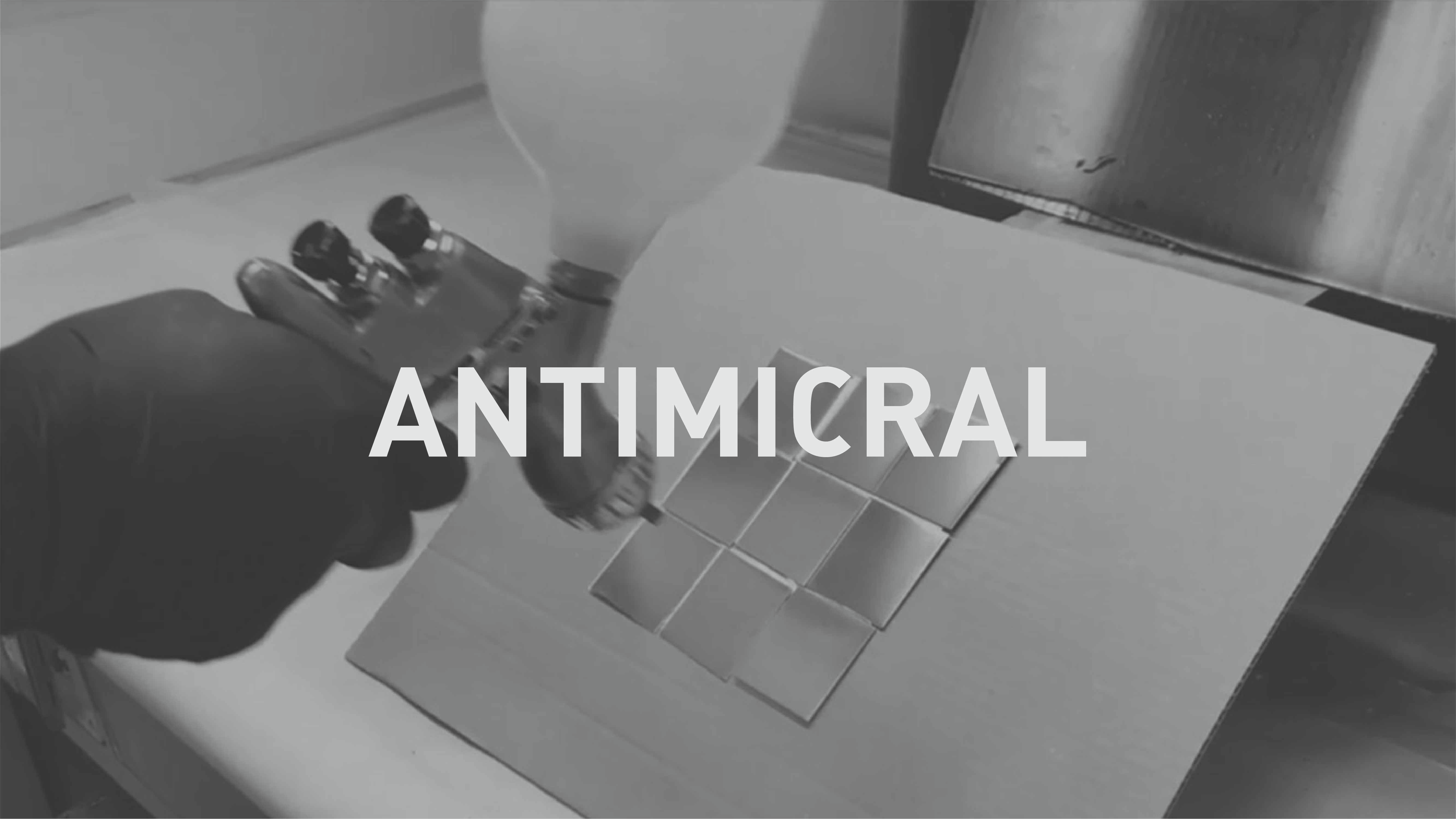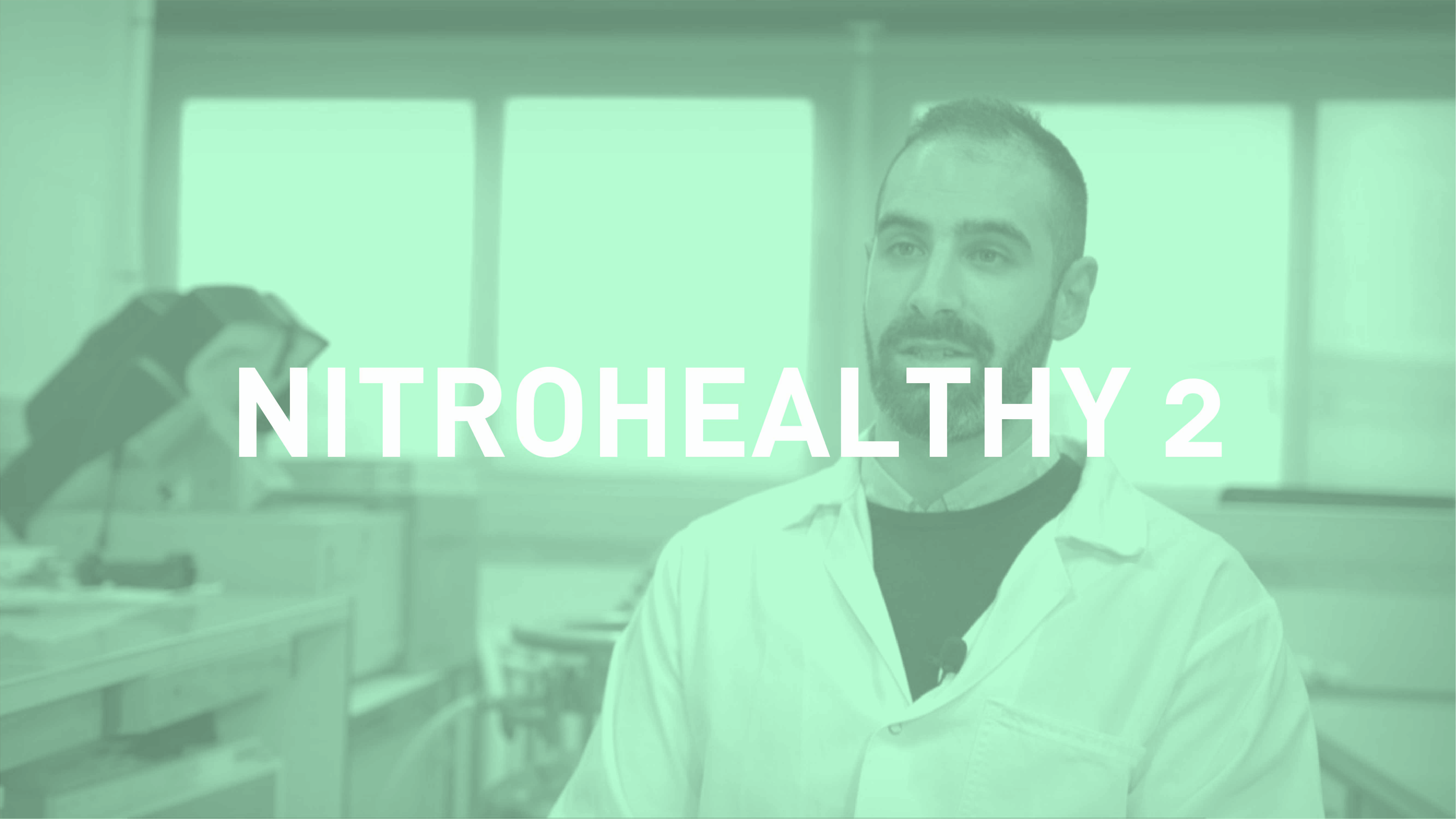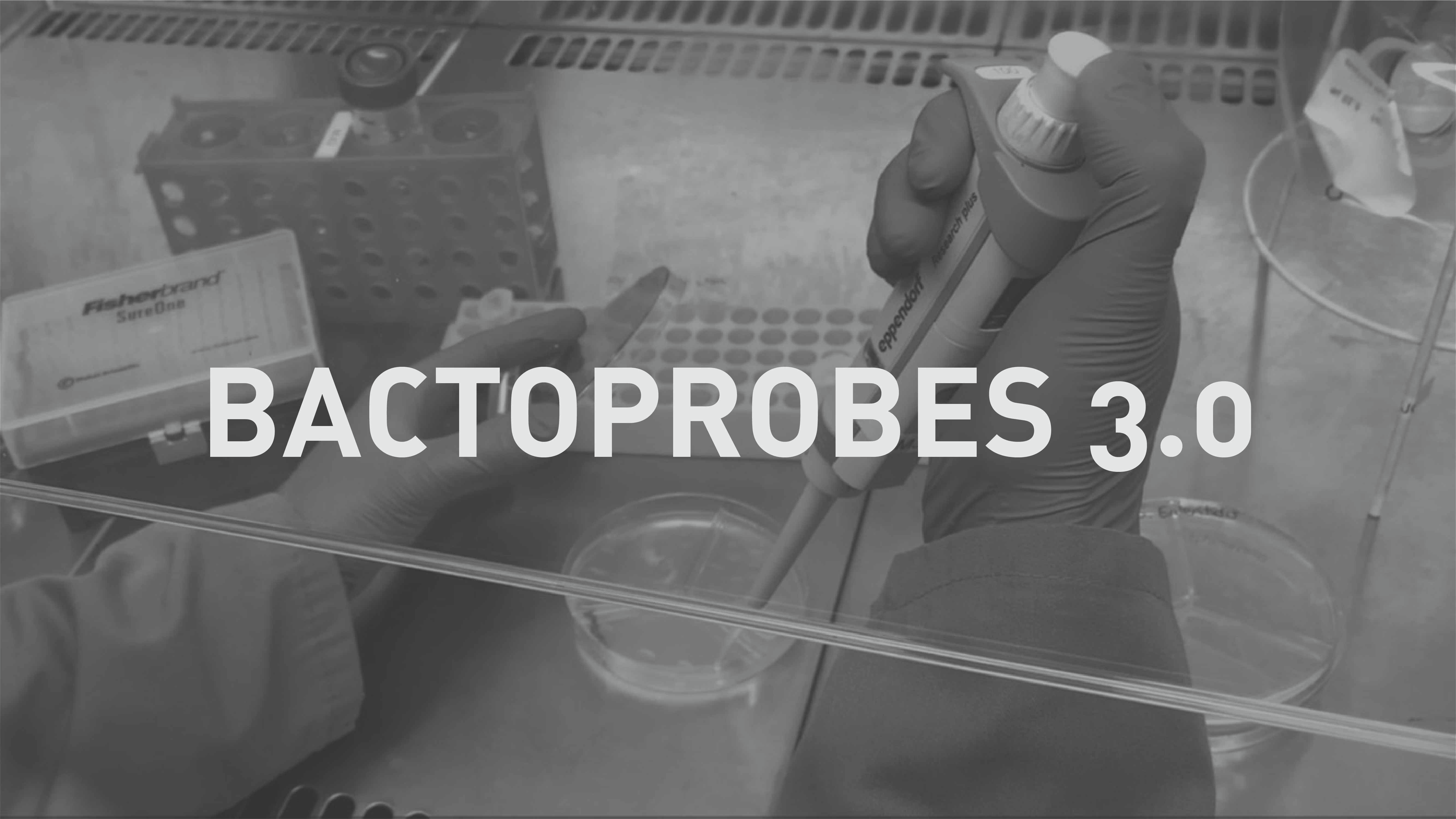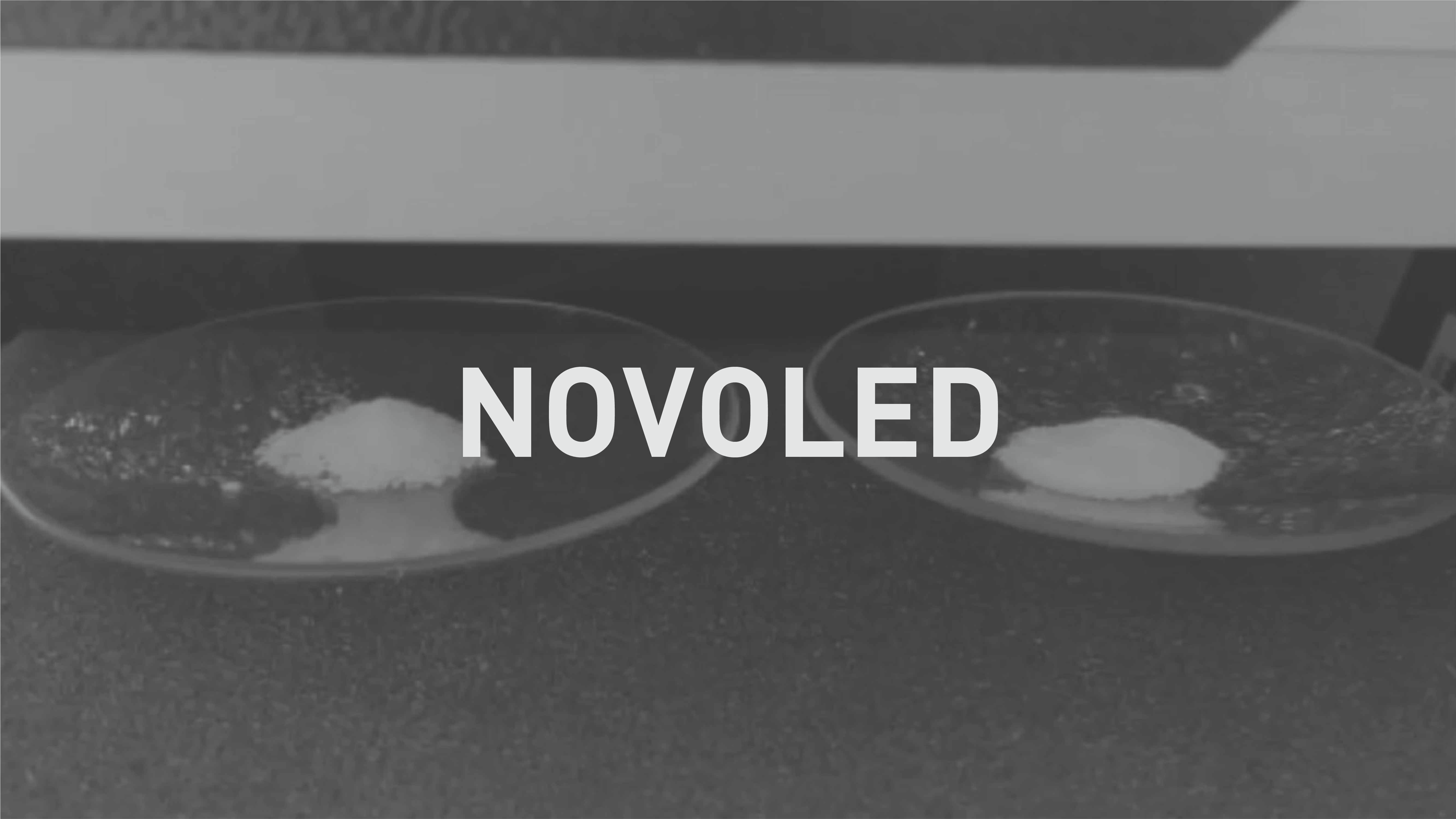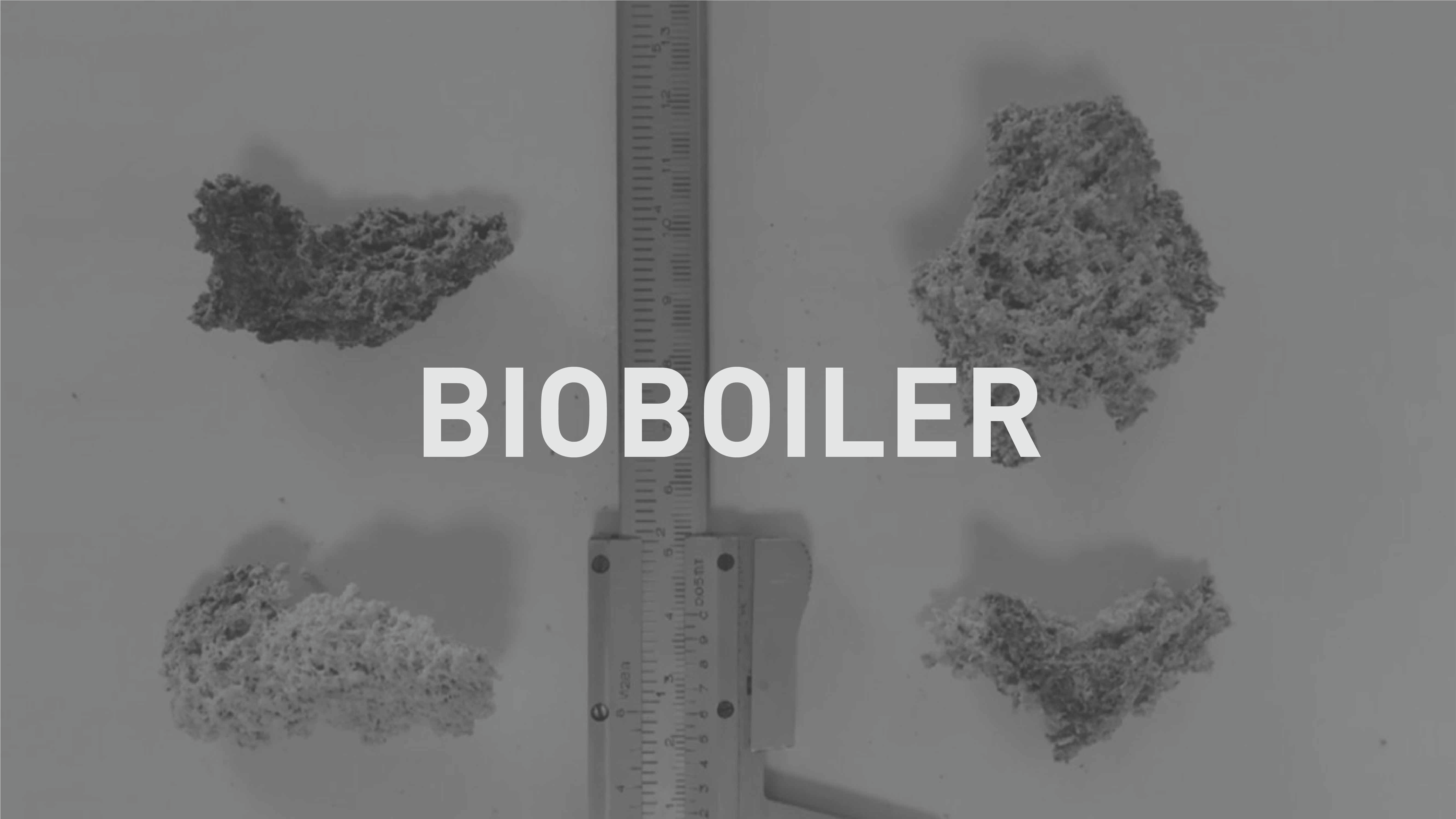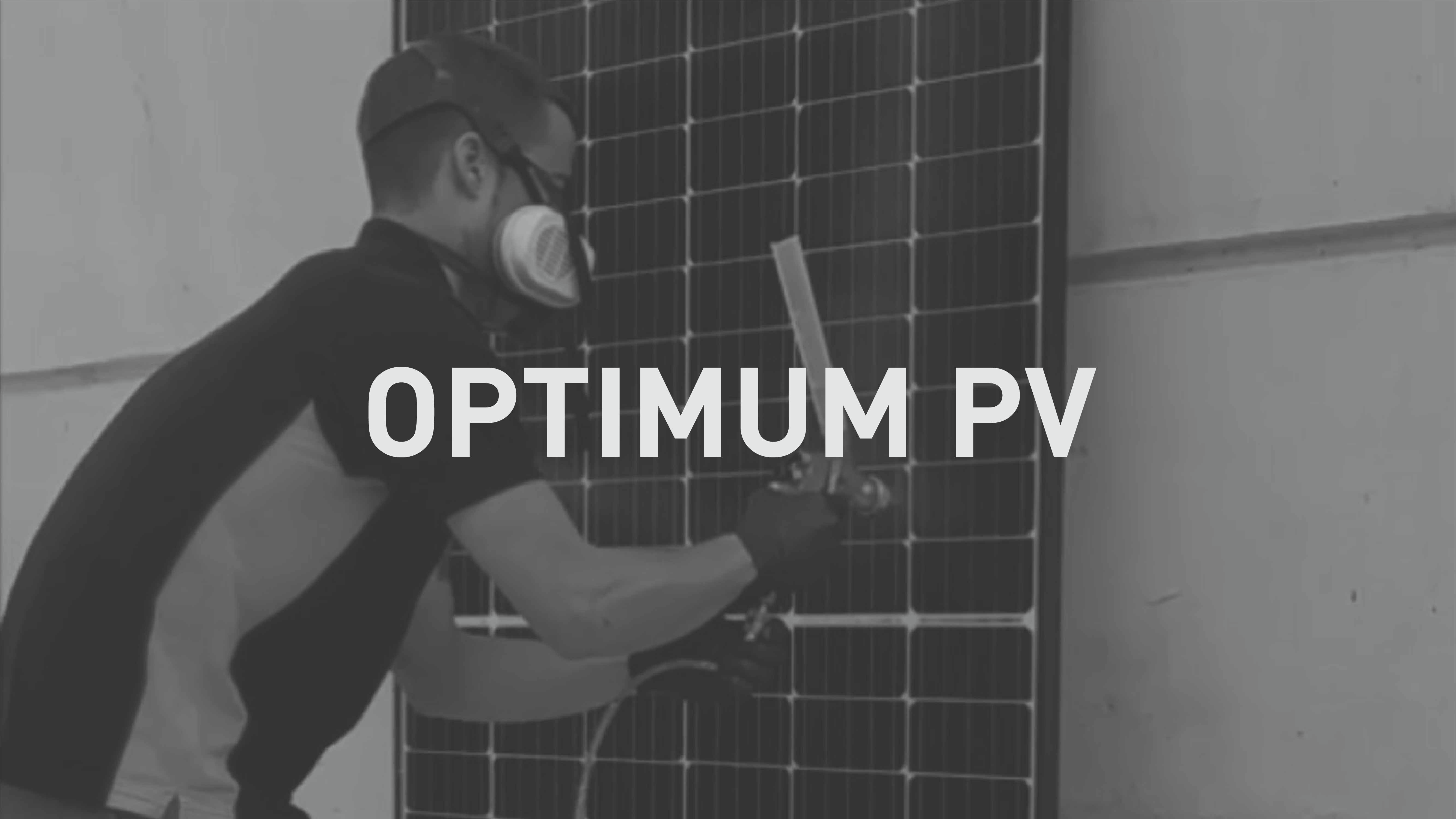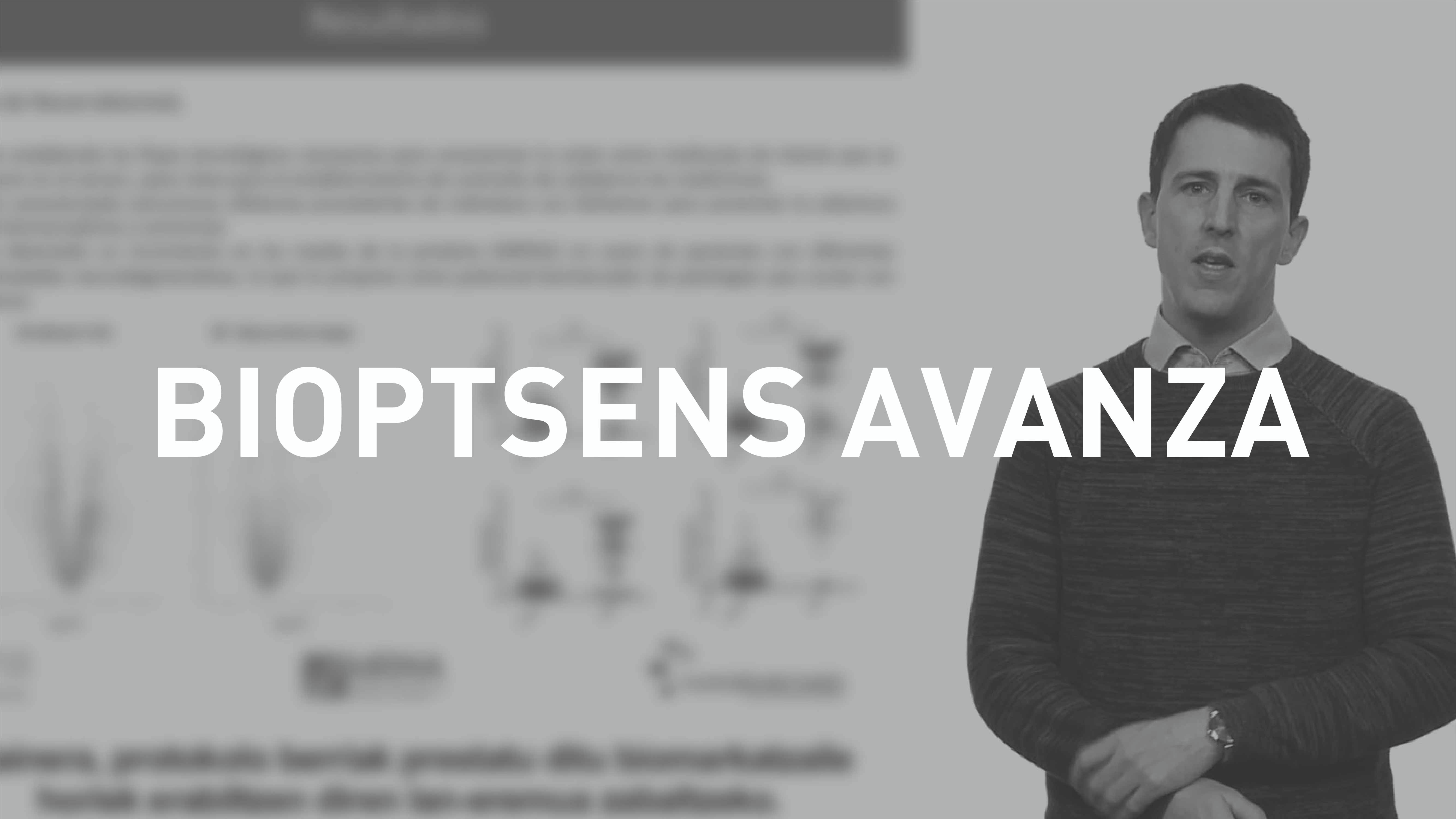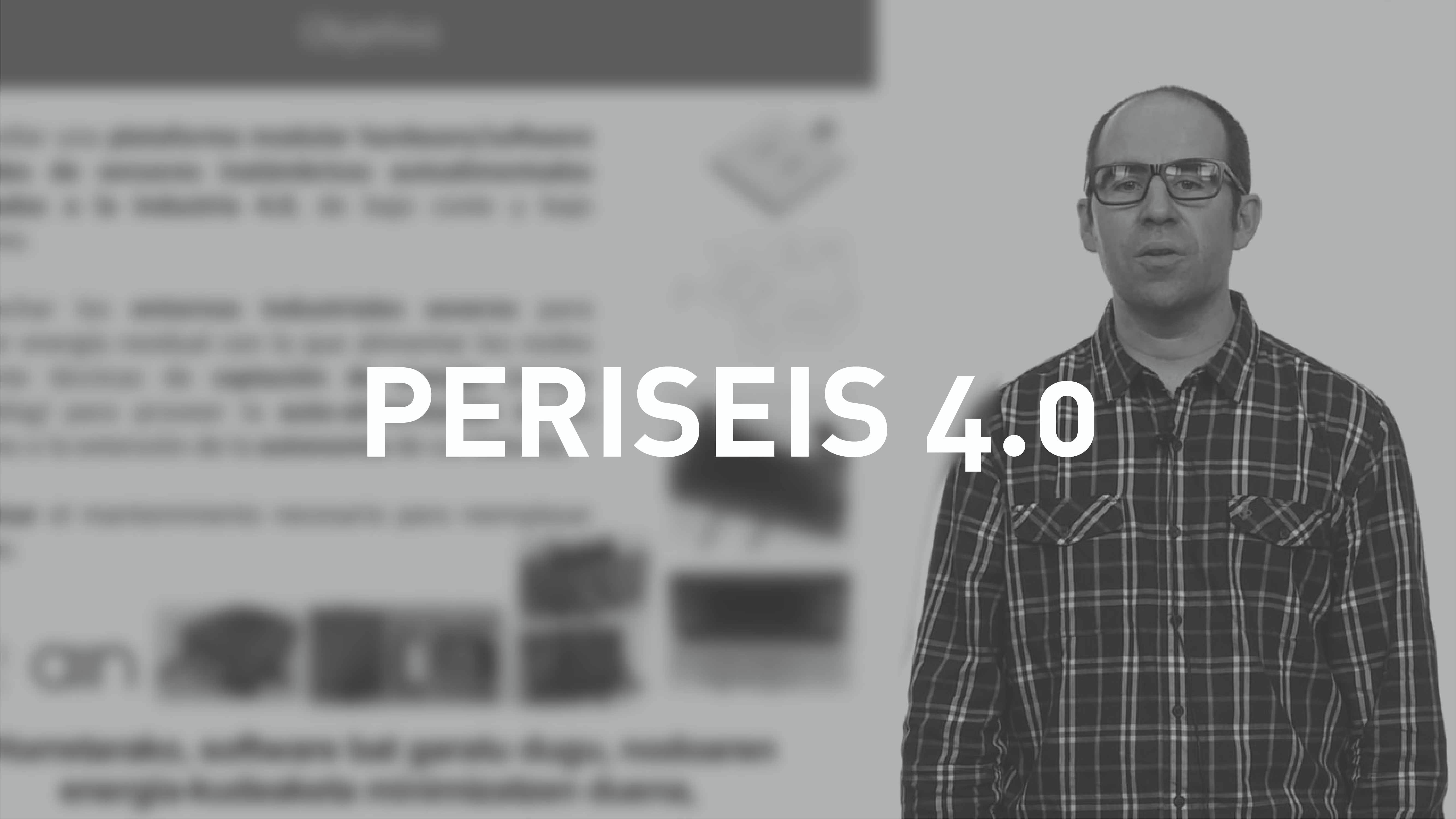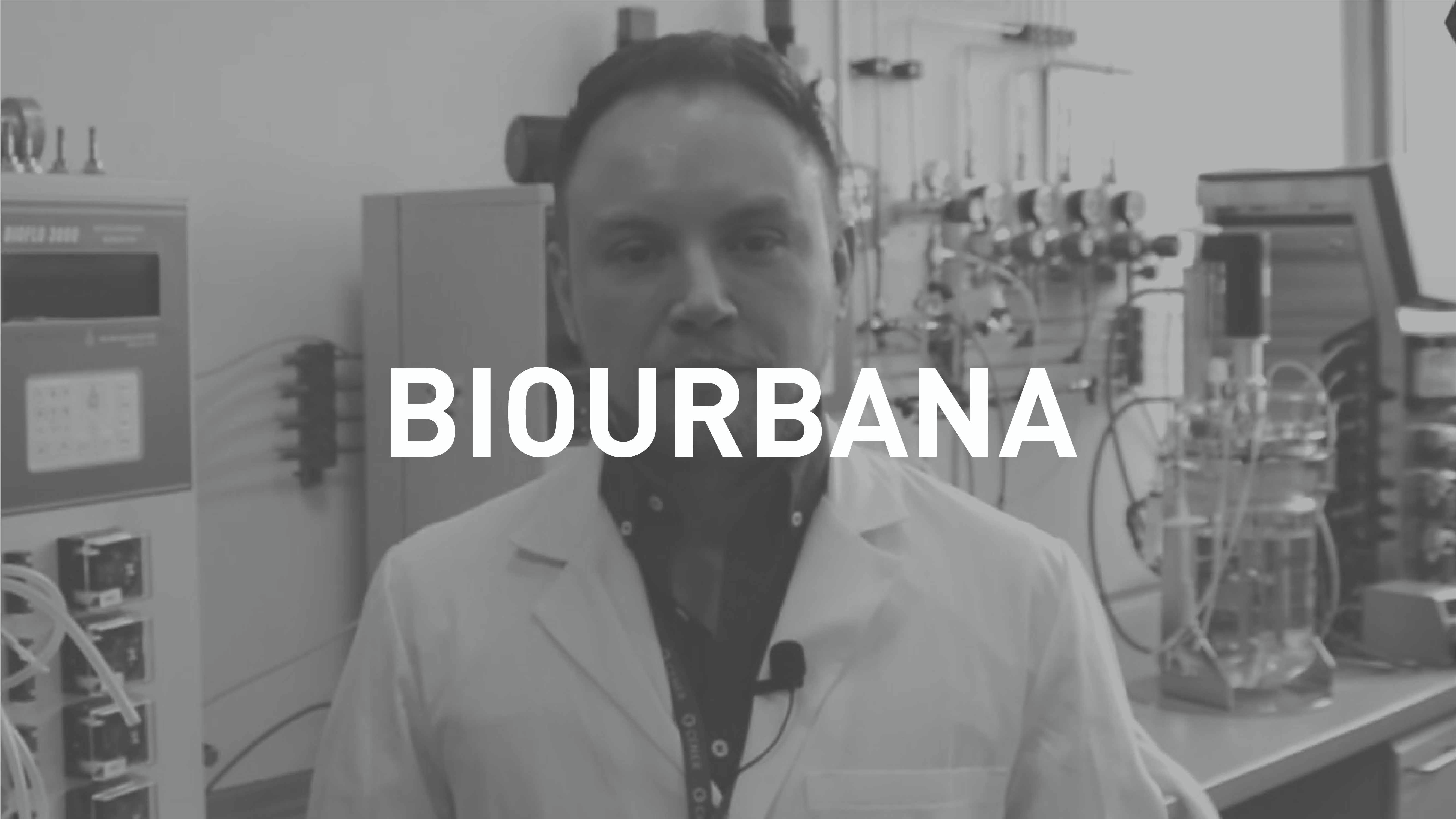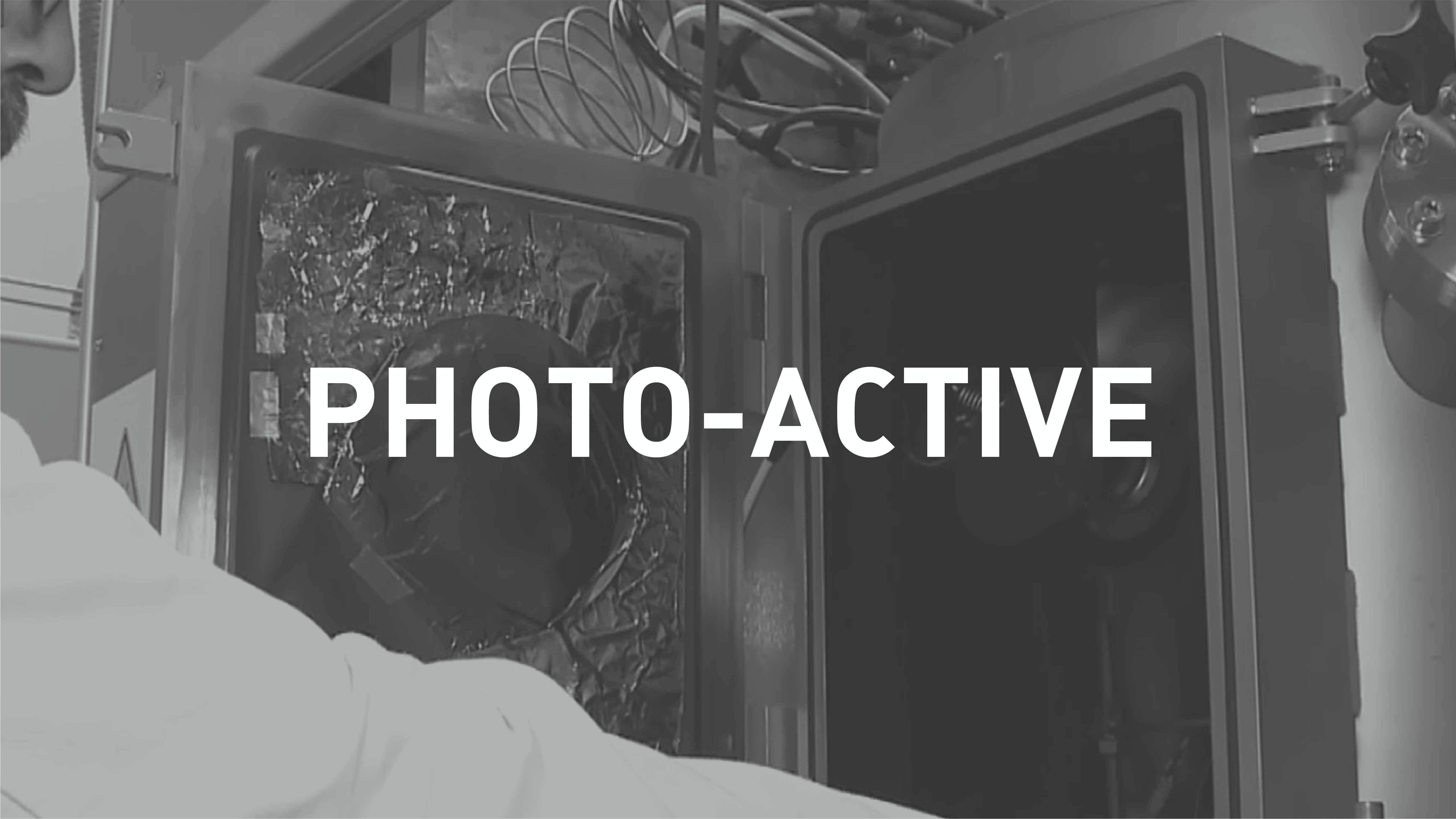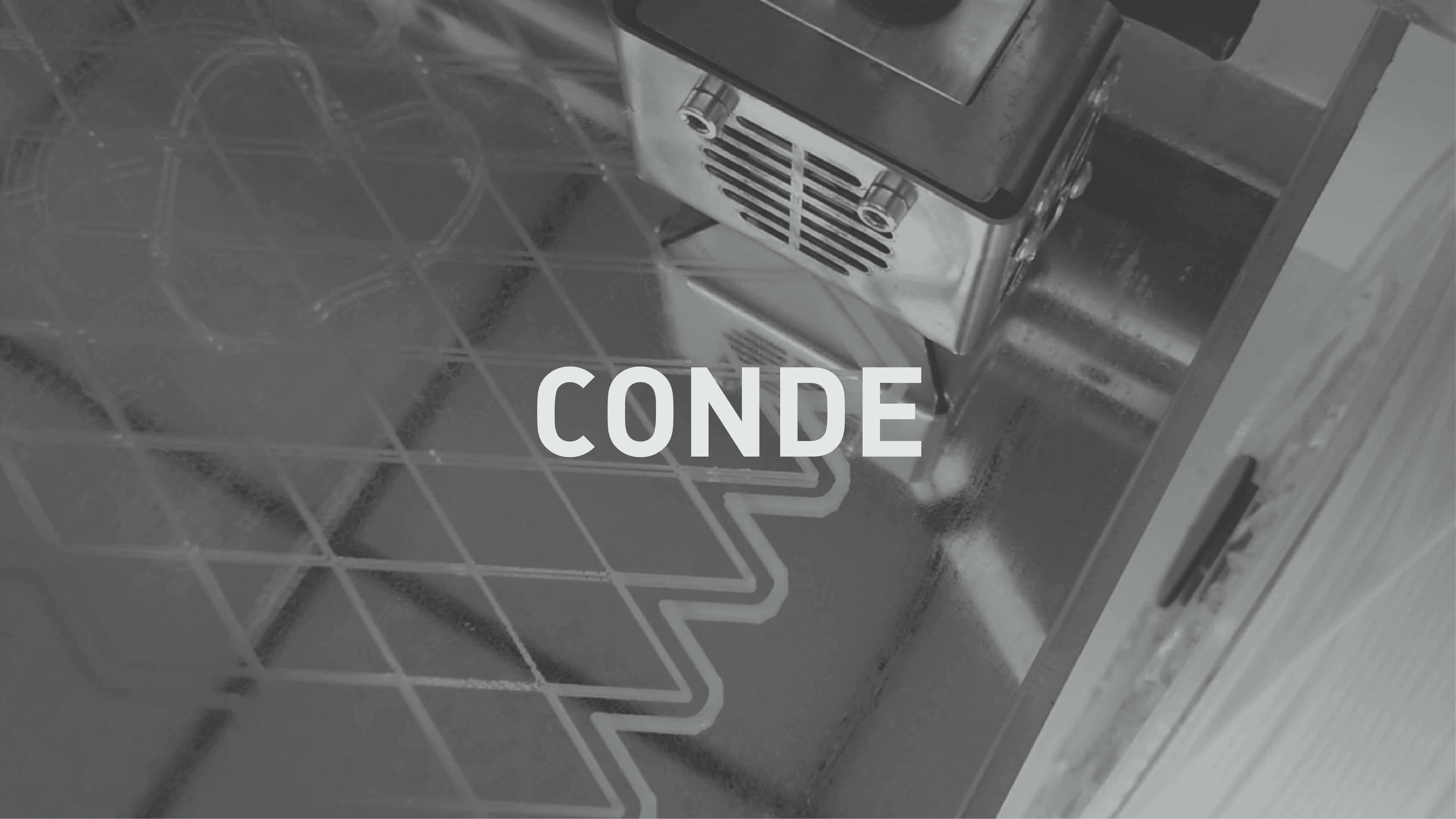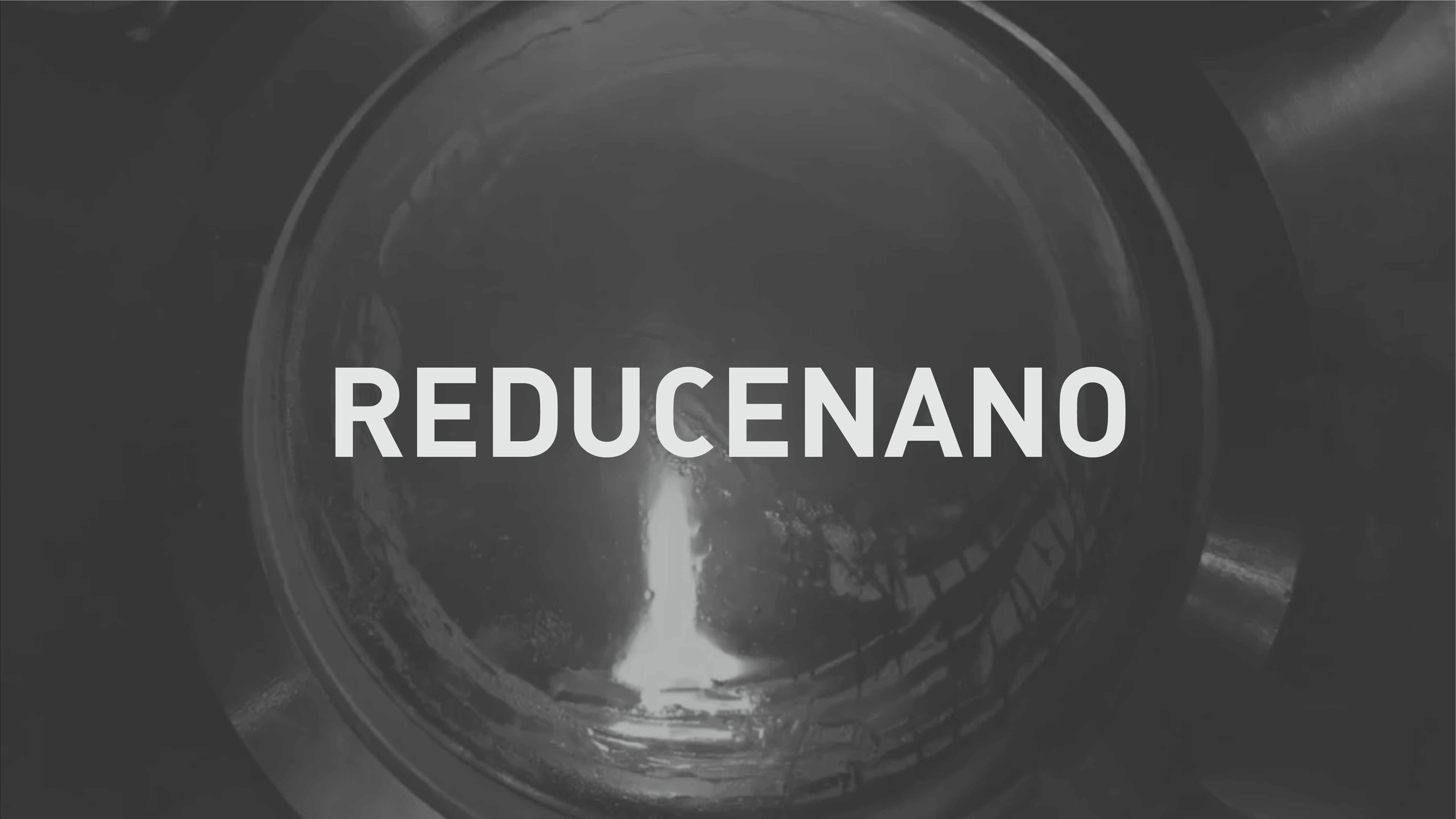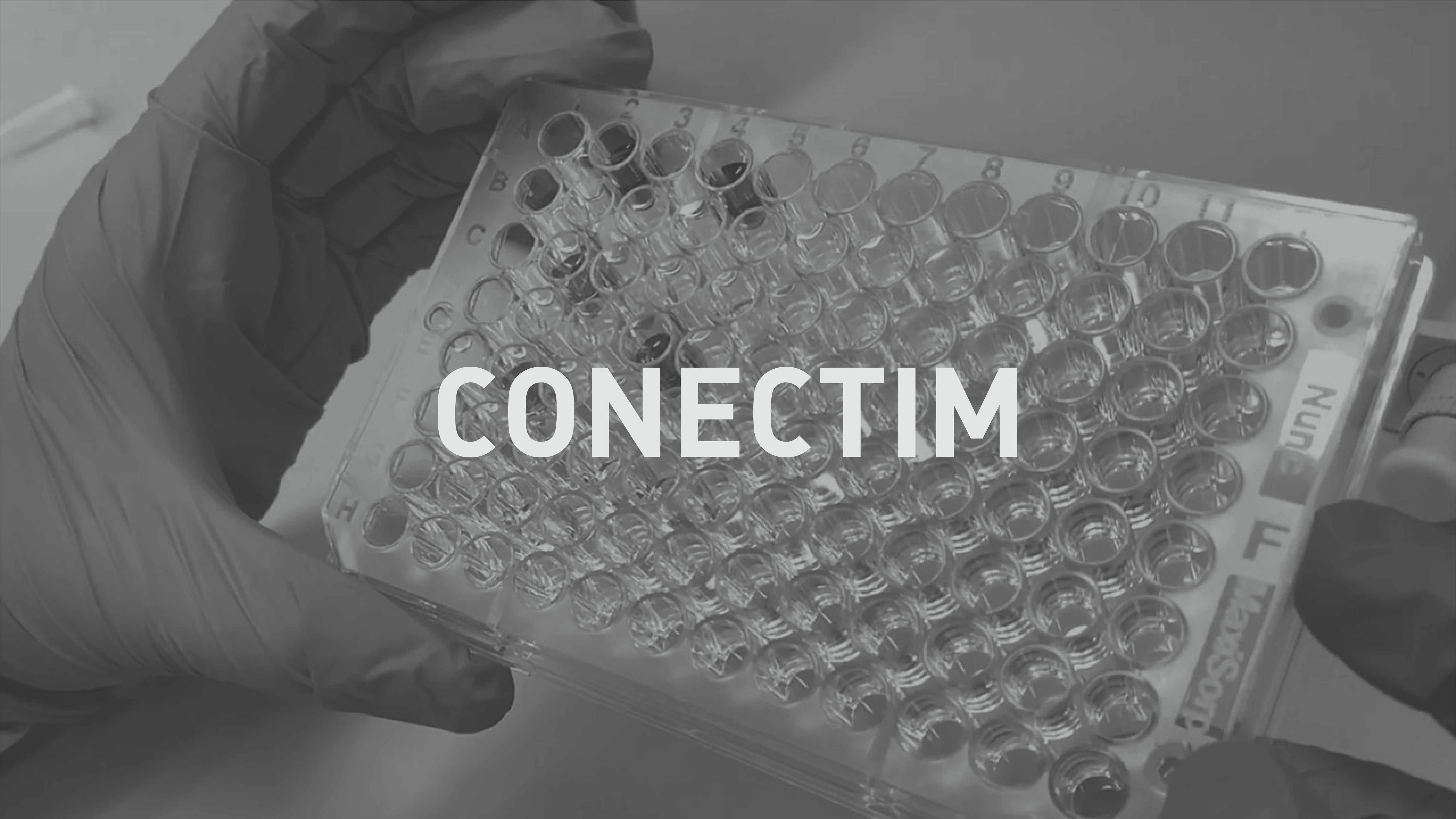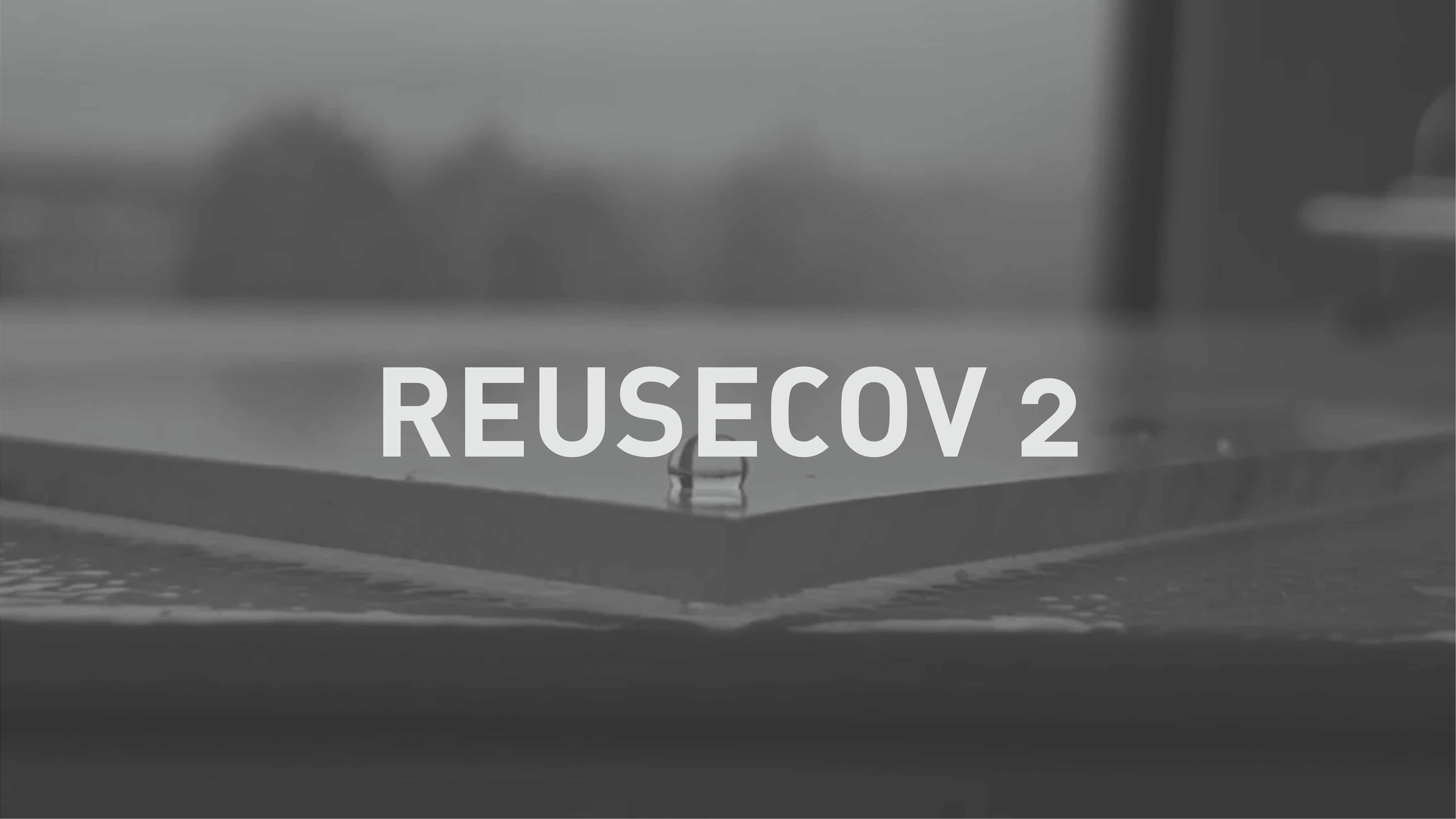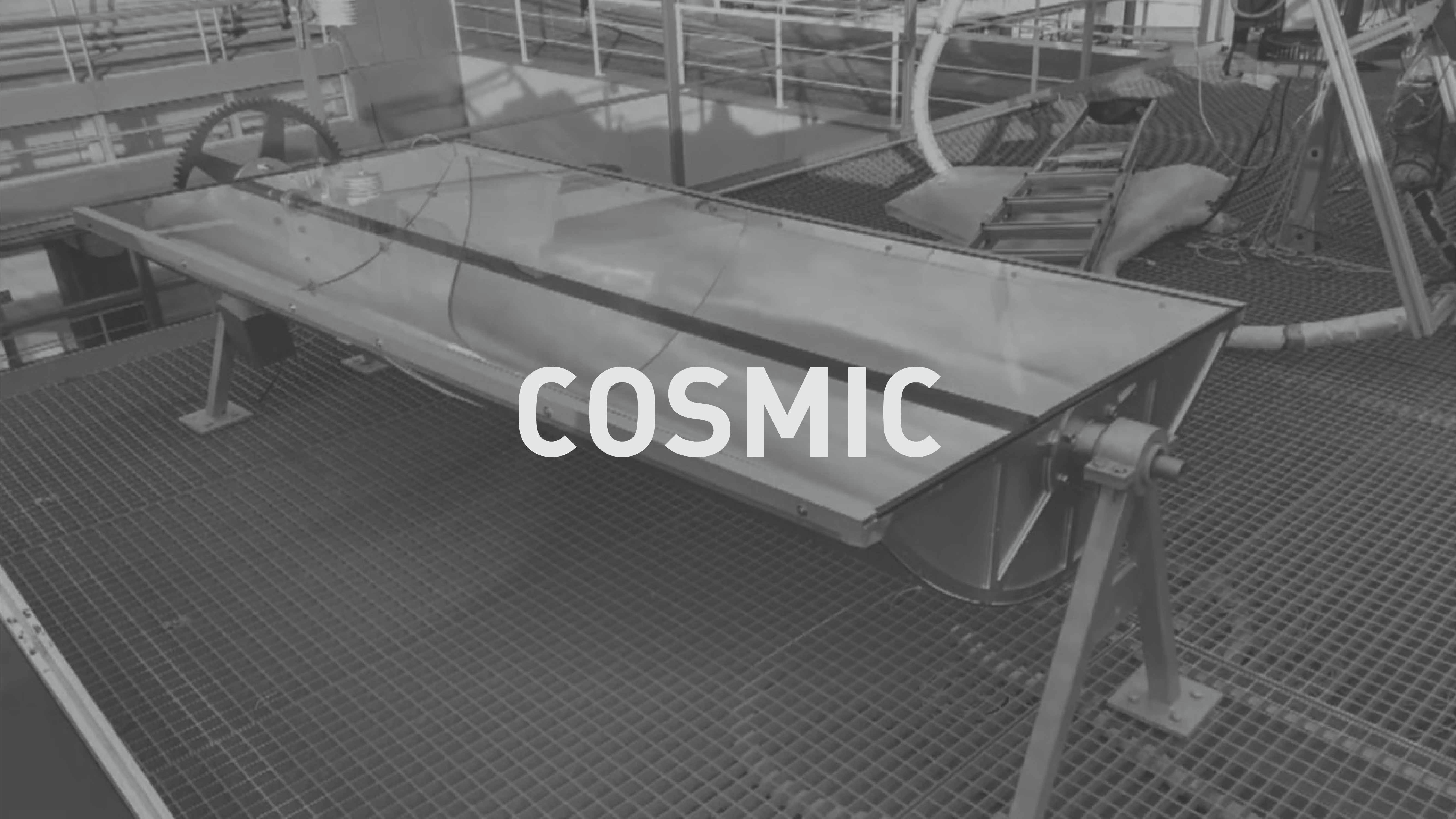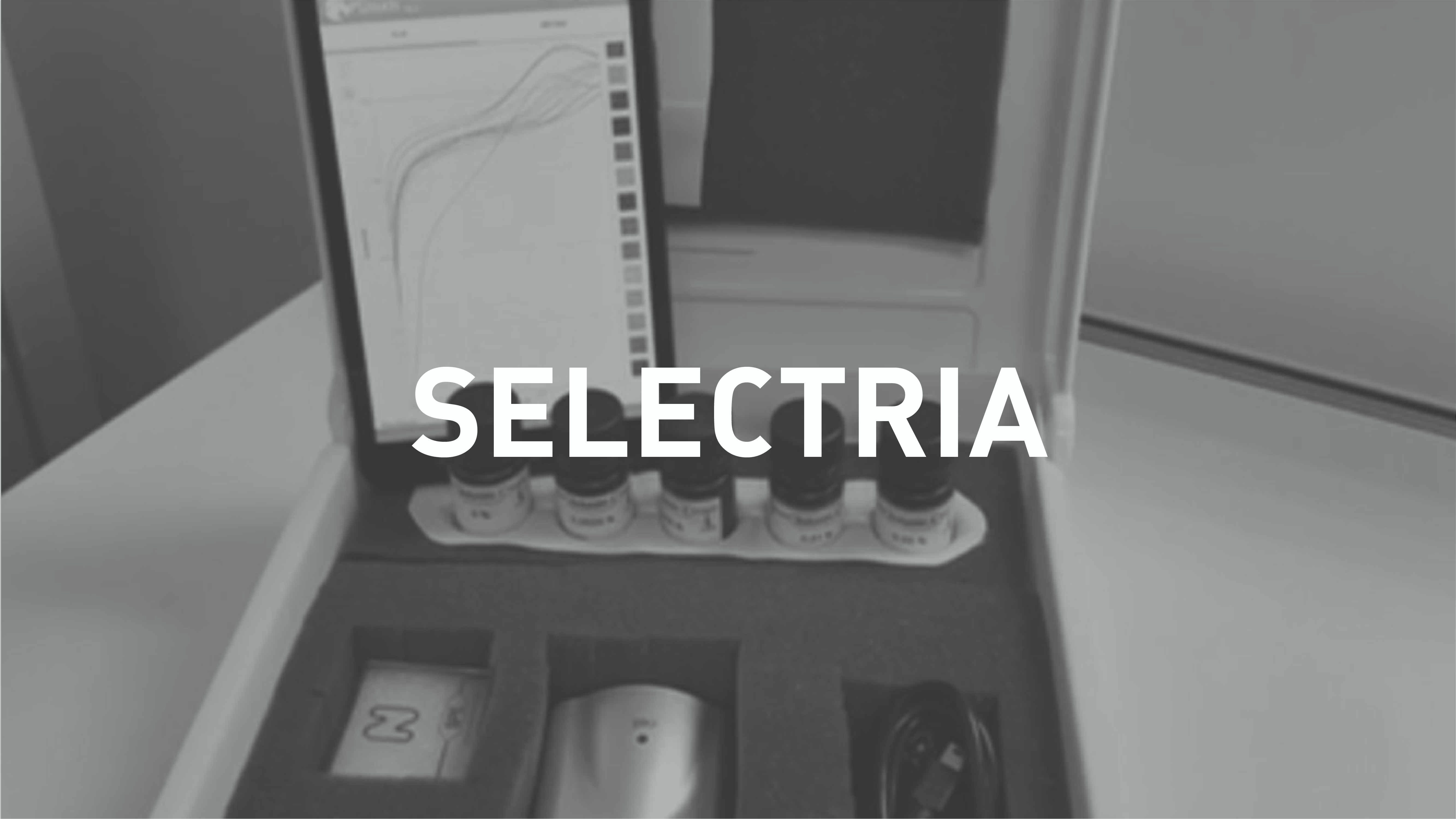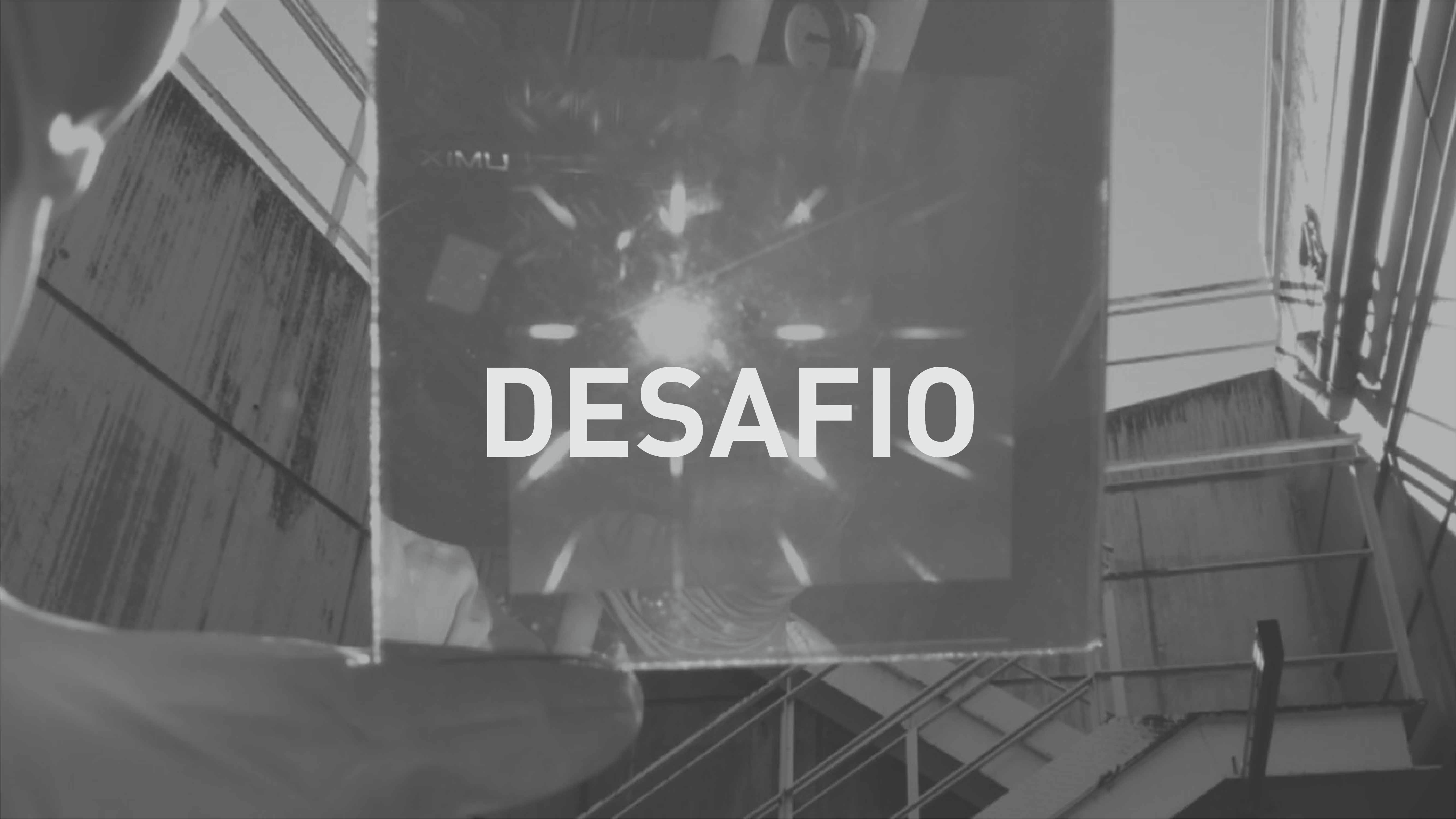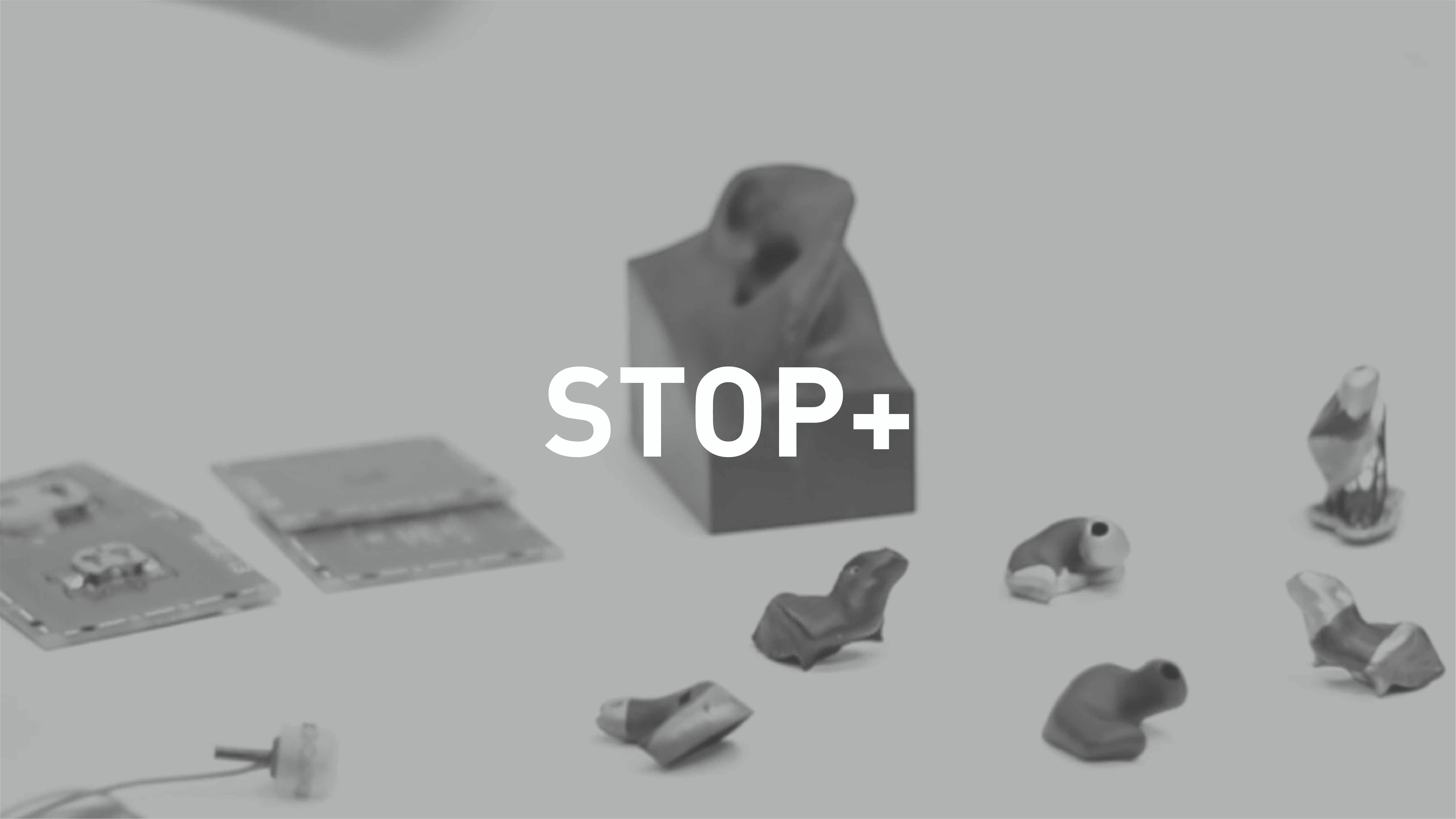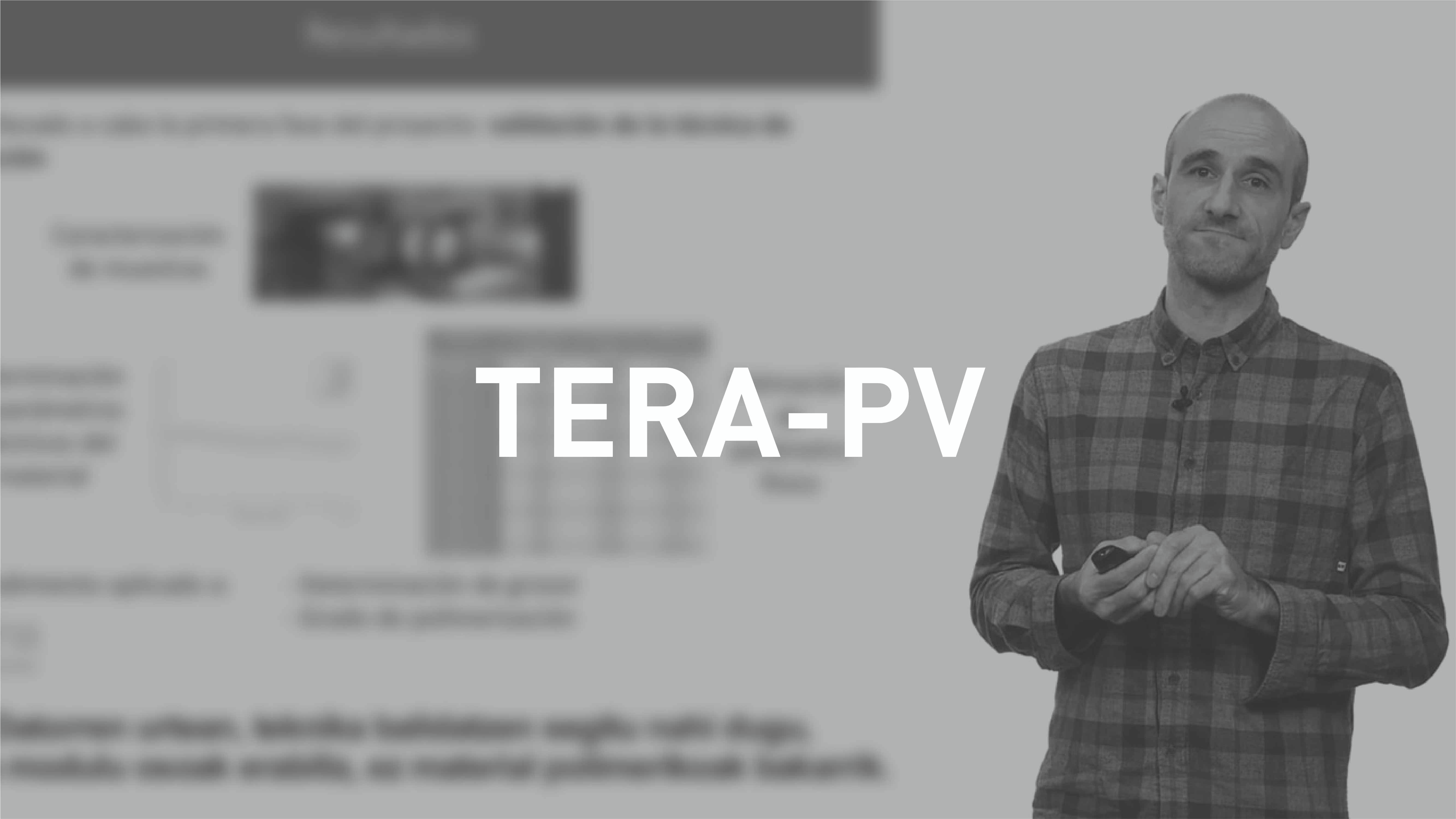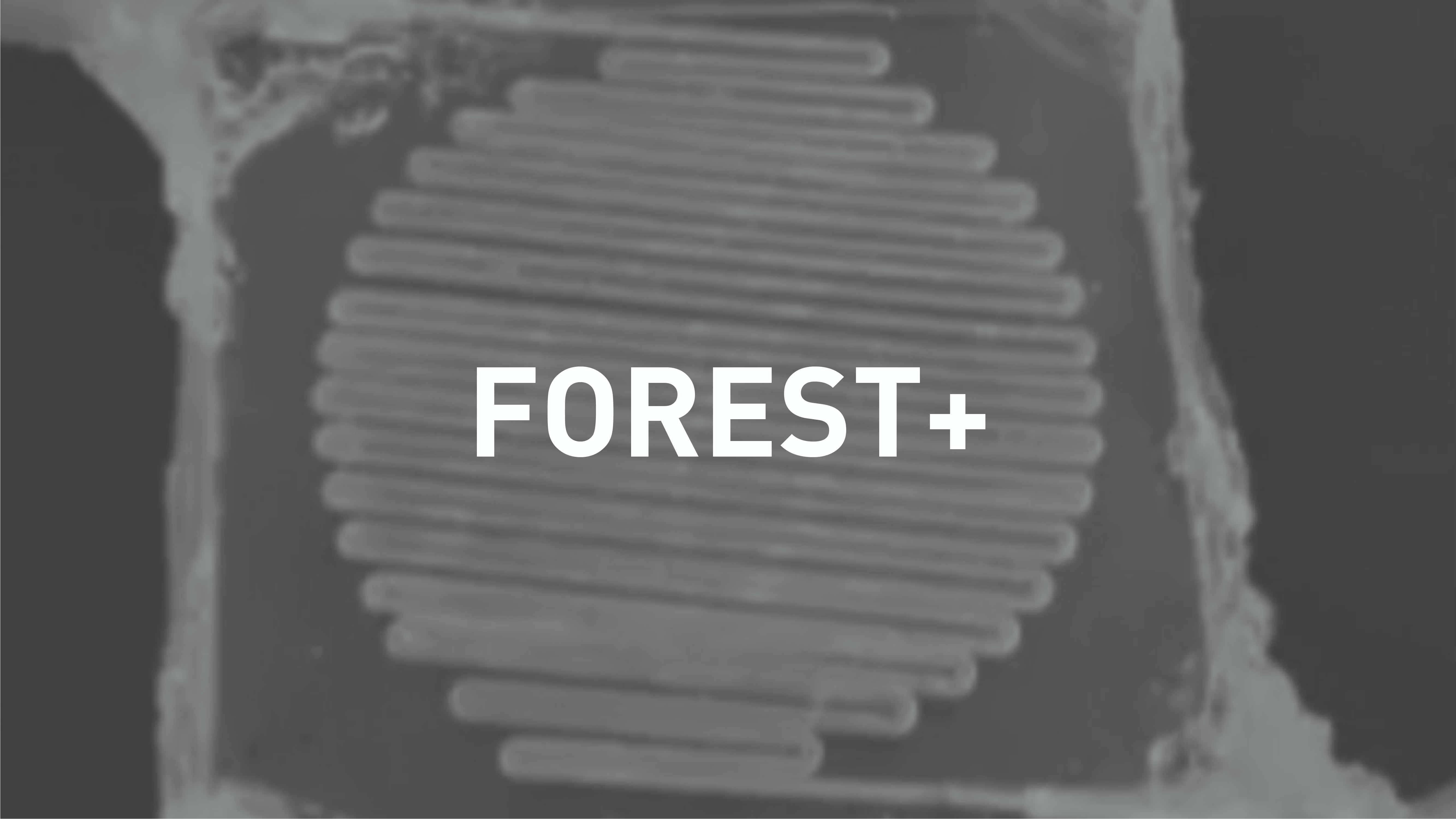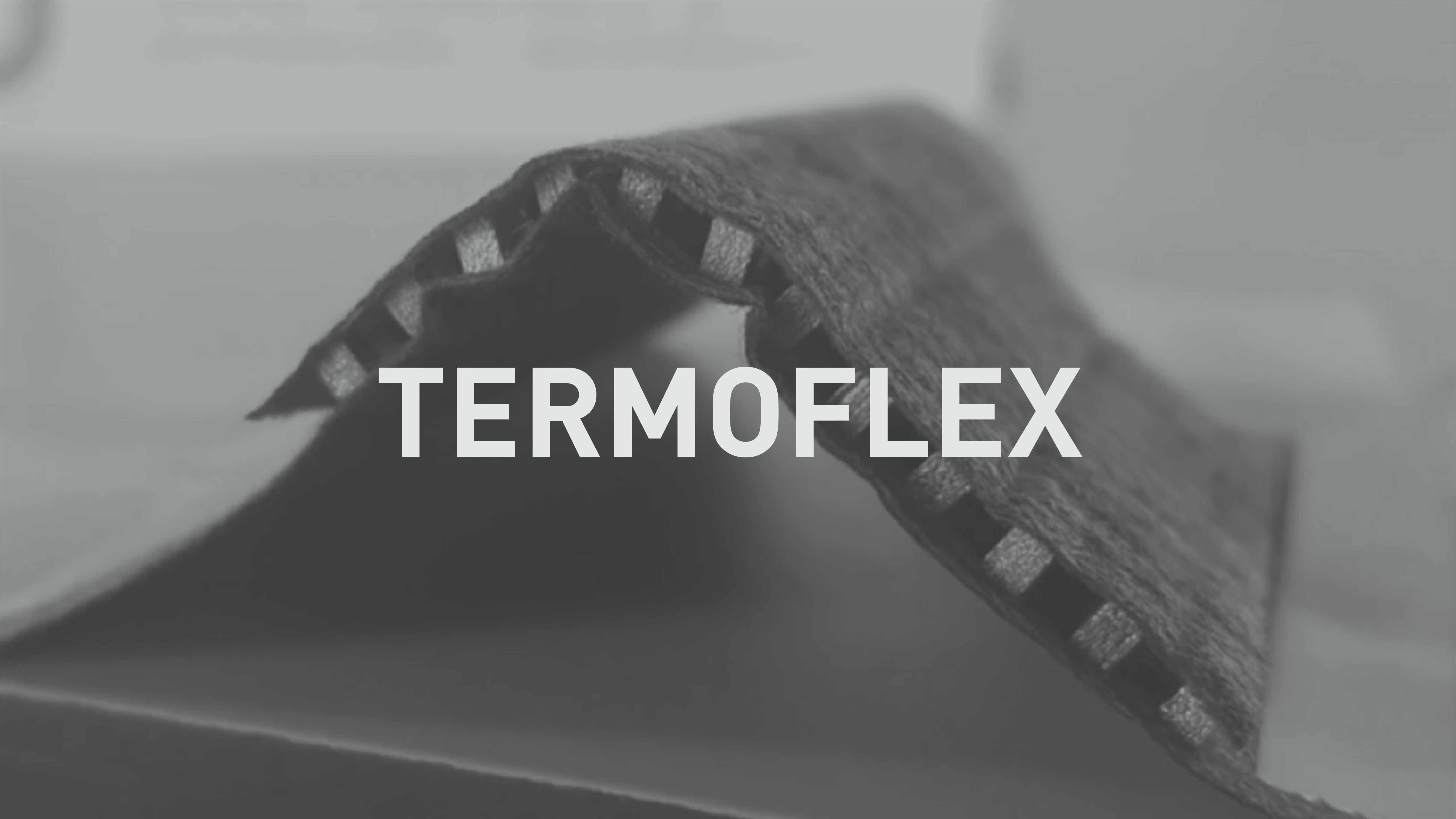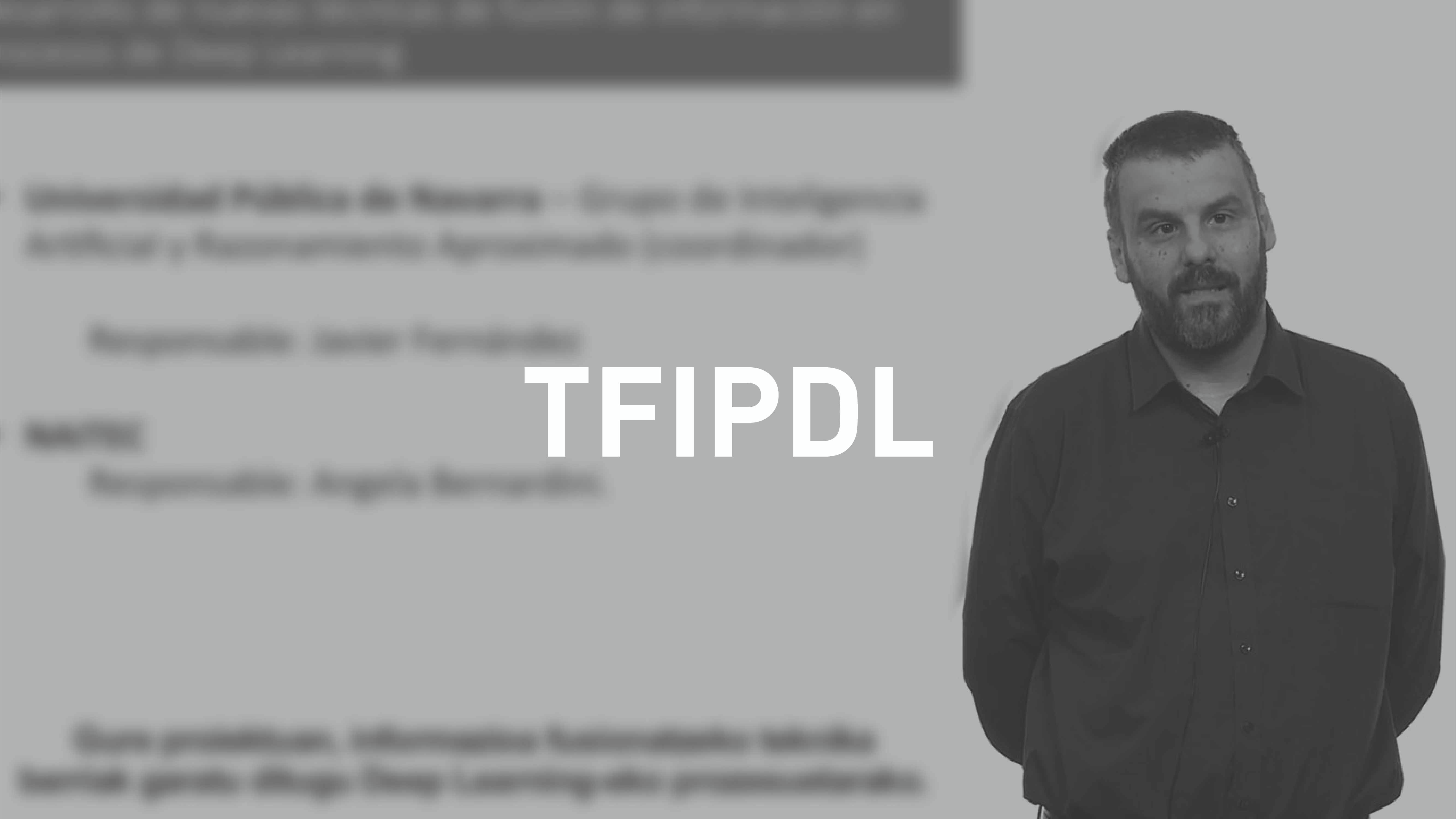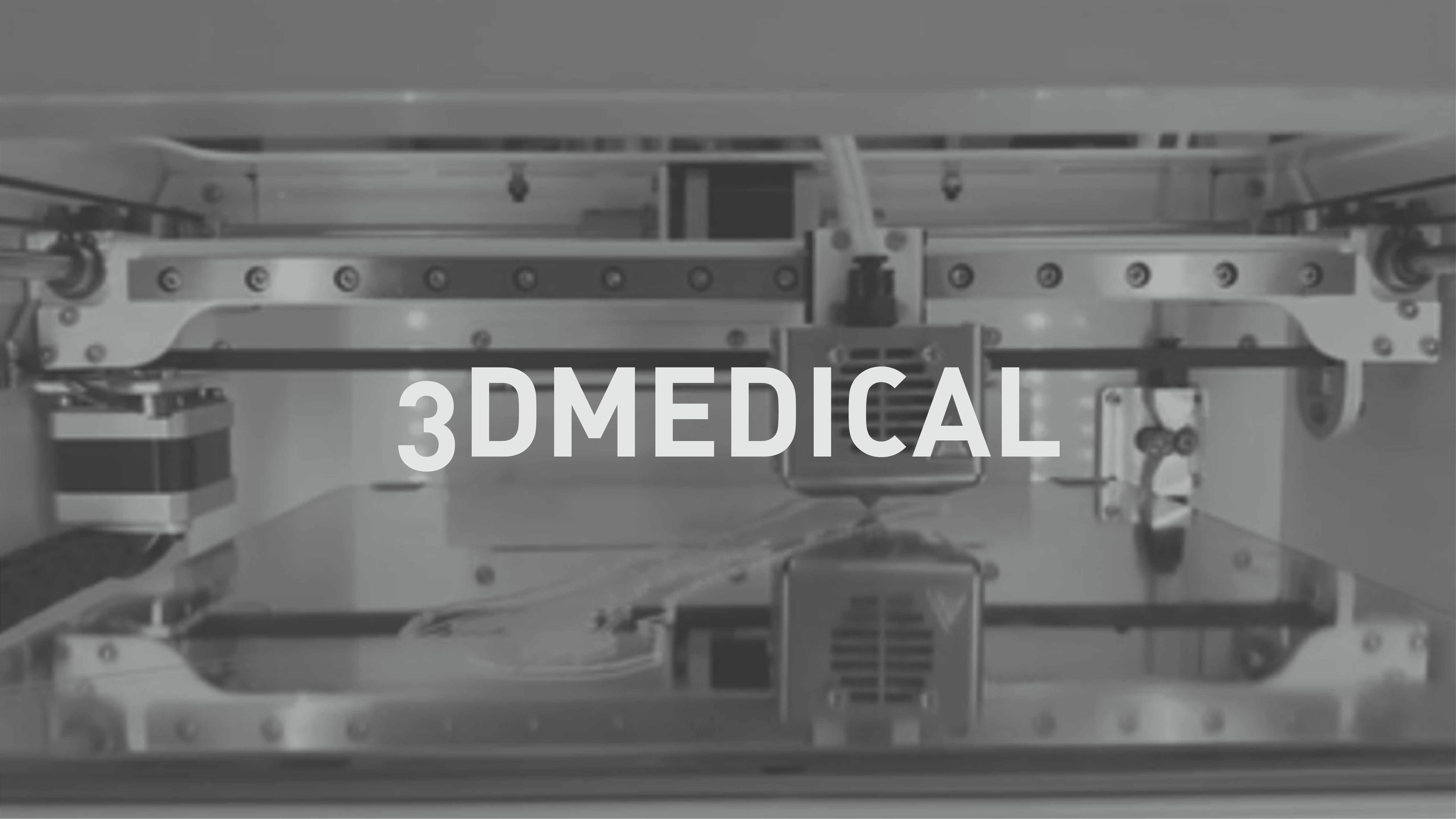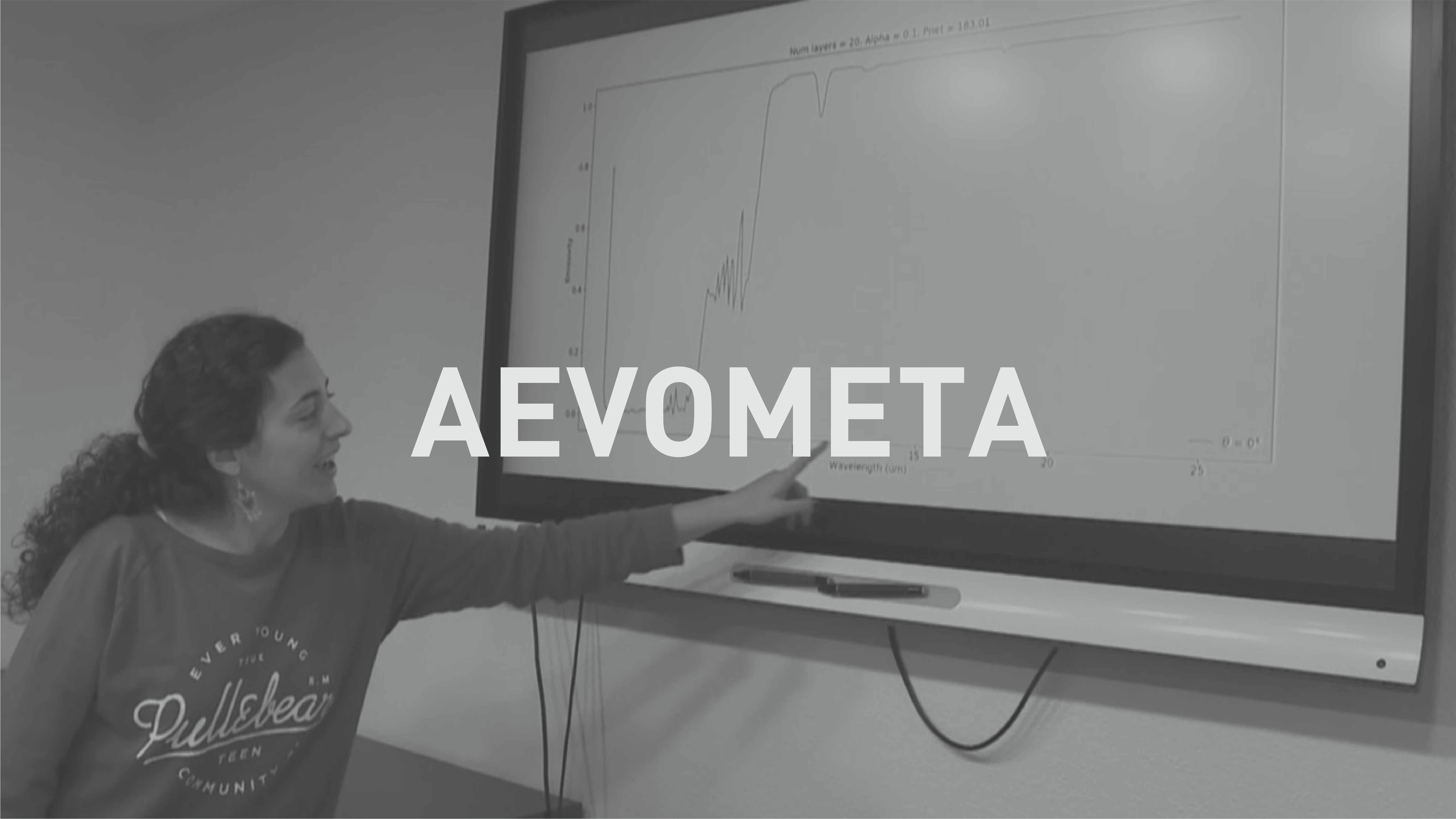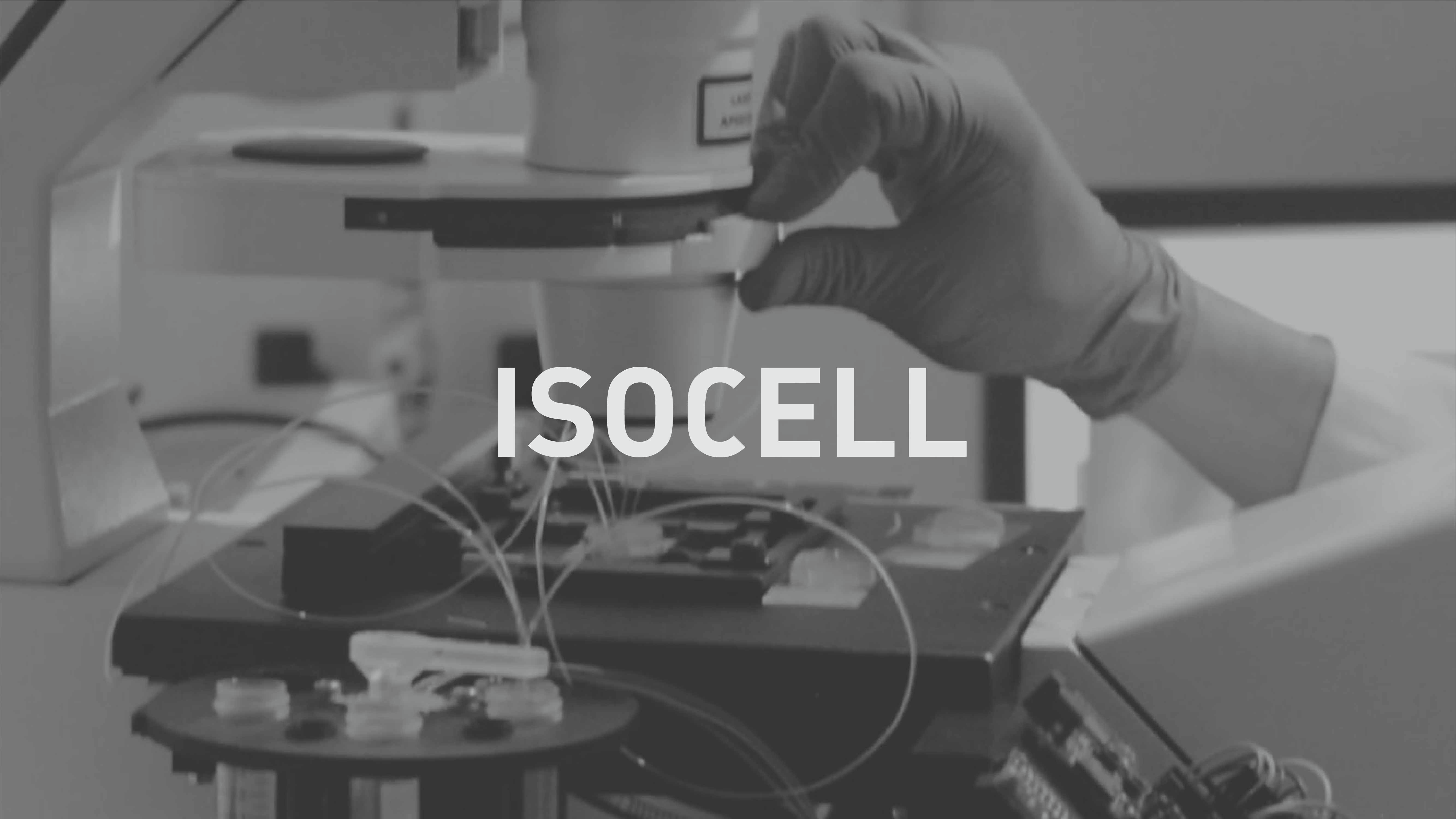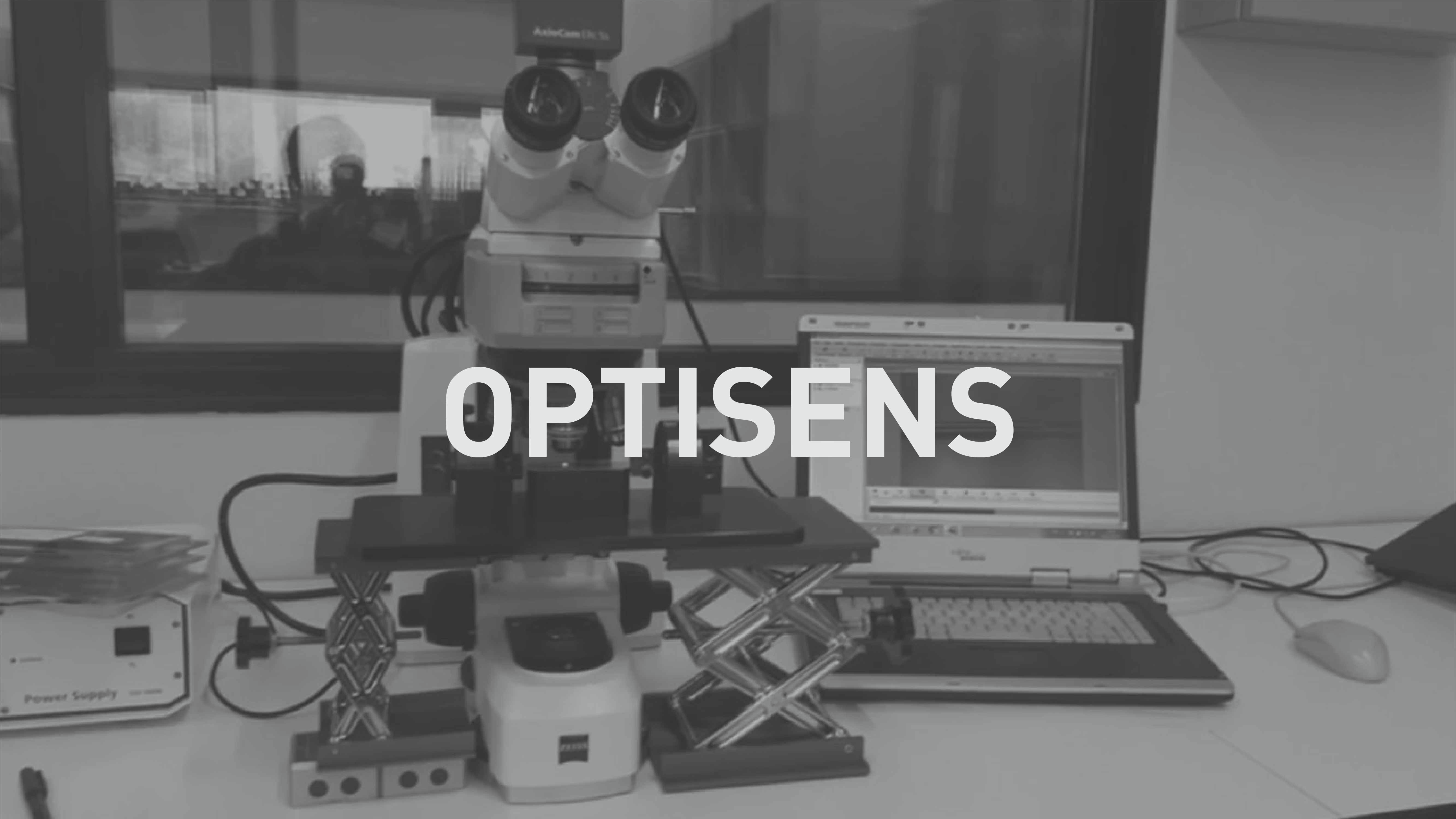The project has been carried out on the basis of two complementary avenues of work: i) synthesising and developing magnetic nanoparticles with improved magnetic properties for use with teragnosis and ii) developing teragnosis platforms based on lipid matrices using synthesised magnetic nanoparticles in the project. Insofar as developing new magnetic materials for MPI resonance and magnetic hyperthermia, work has been done on designing and developing “core-shell” magnetic nanoparticles with iron cores that significantly improve the response of those technologies and that can have a competitive advantage over materials currently used.
Even though it has been possible to develop highly magnetic nanoparticles, their heating capacity for use in hyperthermia is lower than magnetic nanoparticles based on iron oxides that have also been developed in the project. Furthermore, certain limitations to encapsulation on teragnosis platforms have been found due to the difficulty of eliminating the amorphous carbon from their structure. Consequently, the encapsulation systems have only been developed with iron oxide based magnetic nanoparticles.
Using the magnetic nanoparticles as a basis, it has been possible to develop release nanoplatforms based on two different lipid matrices (solid lipid particles and liposomes).
During the first stages of the project, a large part of the resources were designated for purifying the nanoplatforms, which limited the subsequent in vivo studies. Nevertheless, thanks to those efforts it has been possible to optimise the purification processes, which will be important for using the formulation in the rat model trials. In addition, it was necessary to optimise the encapsulation performance of the magnetic nanoparticles on the lipid teragnosis platforms, because the magnetic measurements were close to the detection limit of the techniques used. Likewise, the fact that it is not possible to analyse the antineoplastic drug in the presence of magnetic material has led to the need to develop formulations with a model protein as an alternative to the drug so the magnetic response of the hybrid formulations can be observed.
Likewise, very complete pharmacokinetic and biodistribution studies have been done in rat models of the release nanoplatforms, which has made it possible to determine that, even though the drug can be made to accumulate in the brain, the concentrations at which it does so are small. Consequently, its BBB permeation must be improved.
Therefore, and in conclusion, the project has made it possible to develop magnetic nanoparticles with the potential to be used as MPI and MRI agents in addition to hybrid teragnosis platforms based on liposomes and SLNs for treating glioma. Nevertheless, the in vivo studies suggest that it is still necessary to improve their BBB permeation capacity to achieve higher bioaccumulation of the antineoplastic drug and thus improve its therapeutic effectiveness against glioma.



